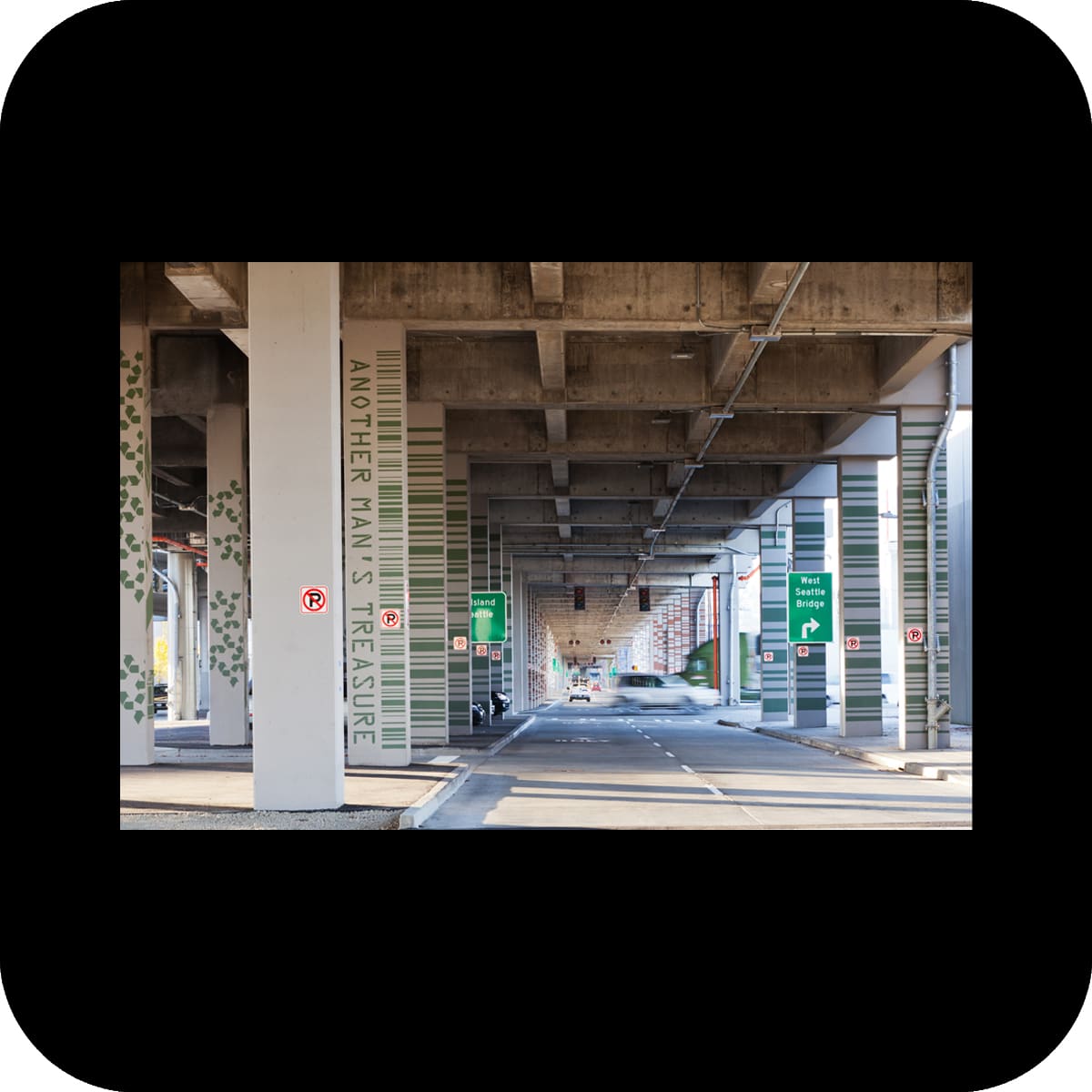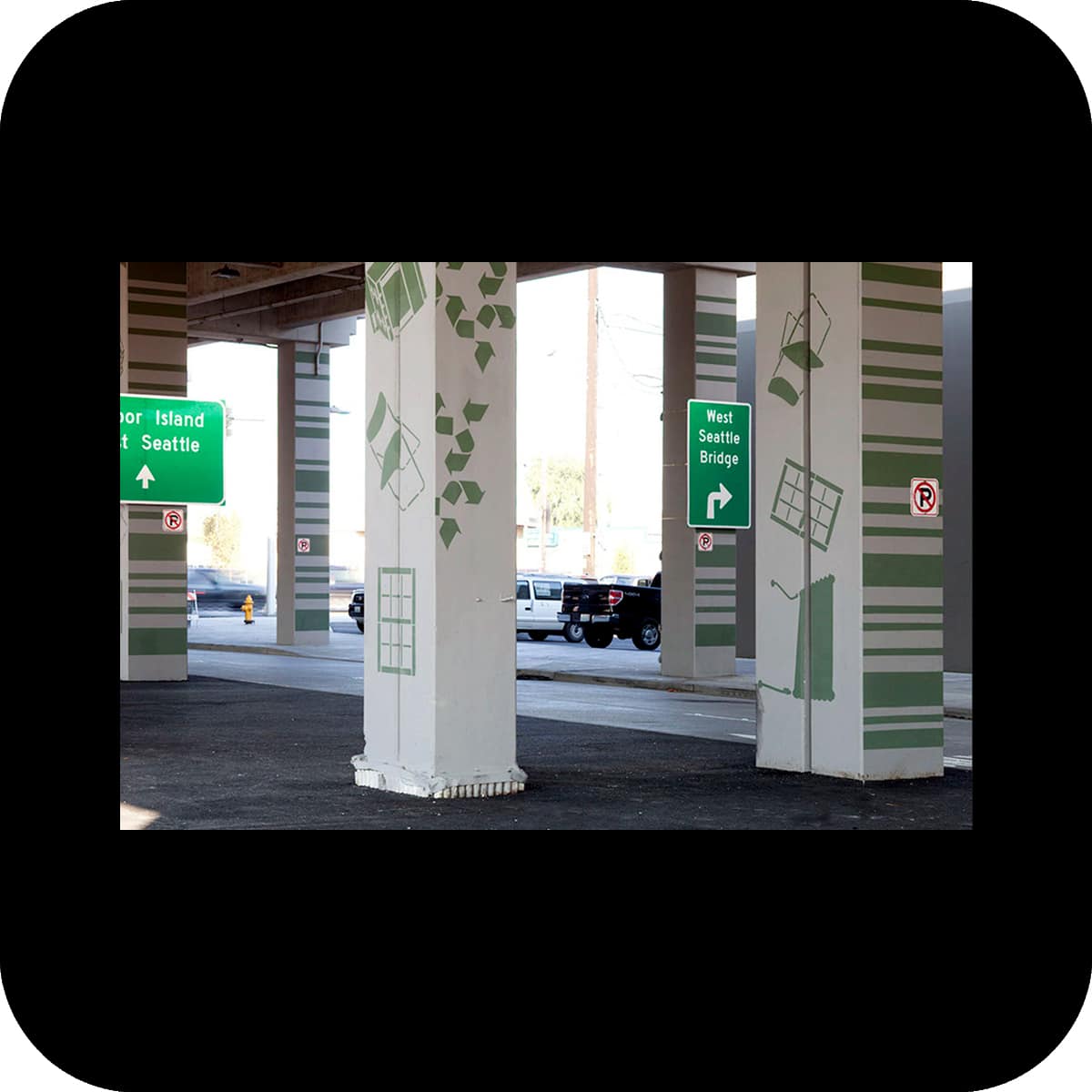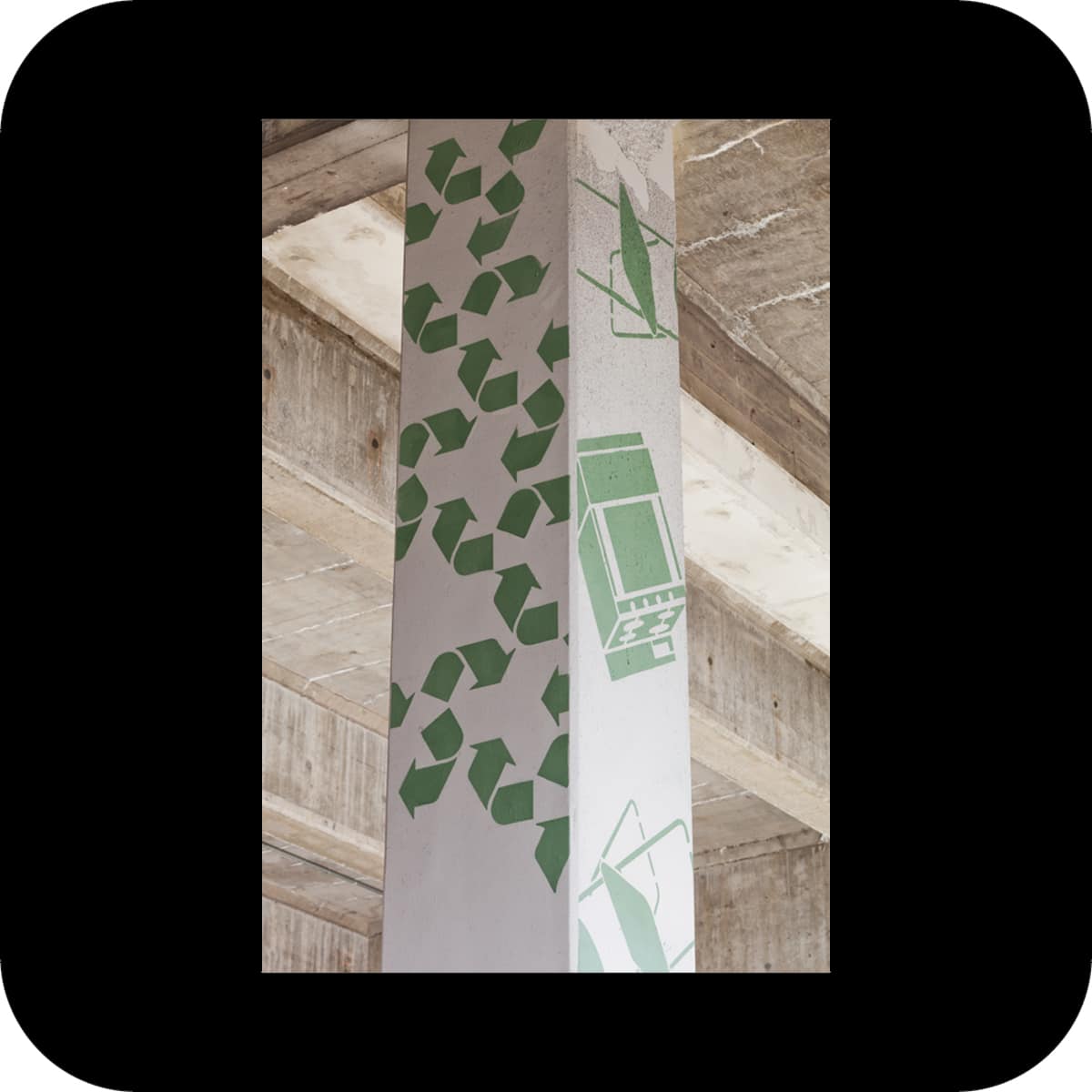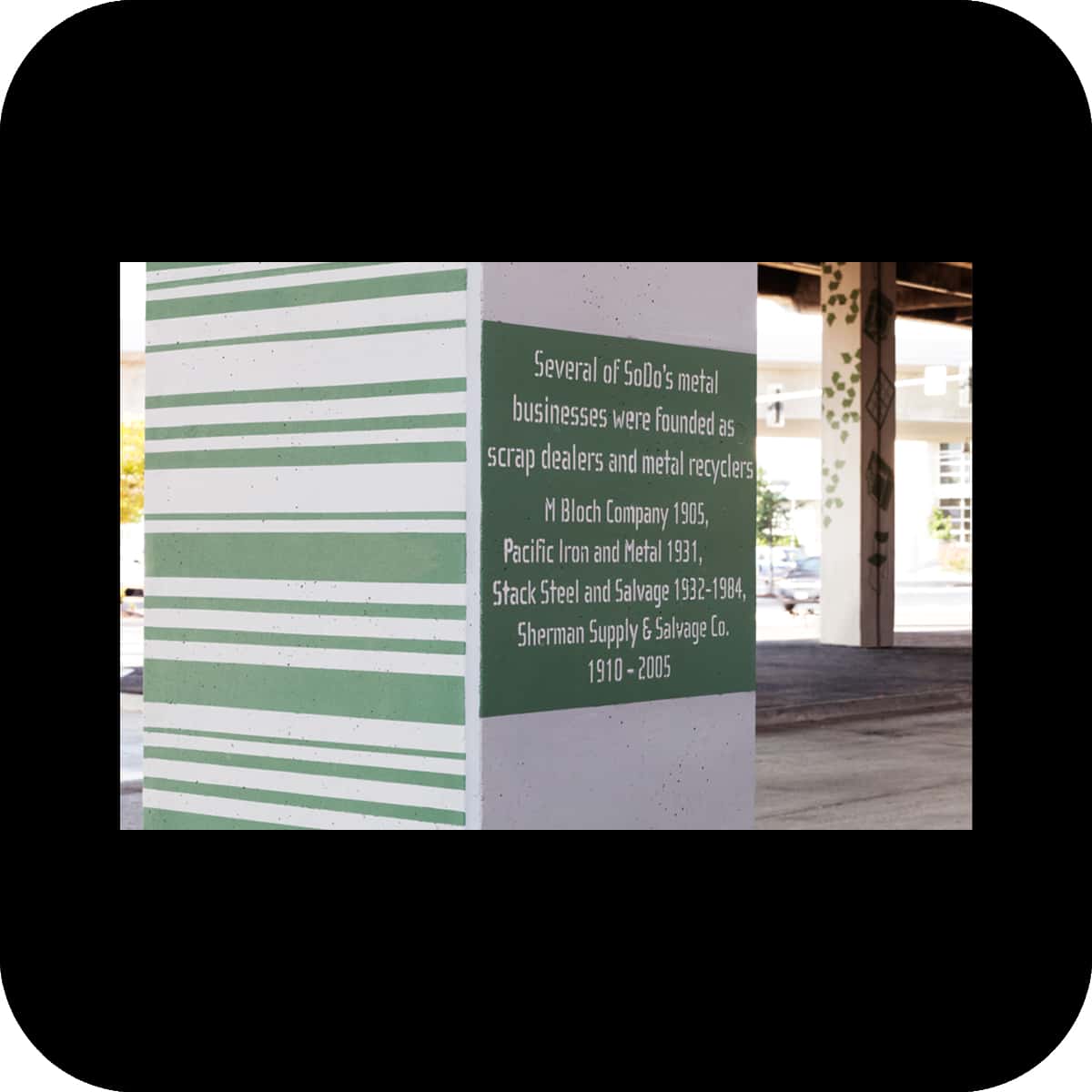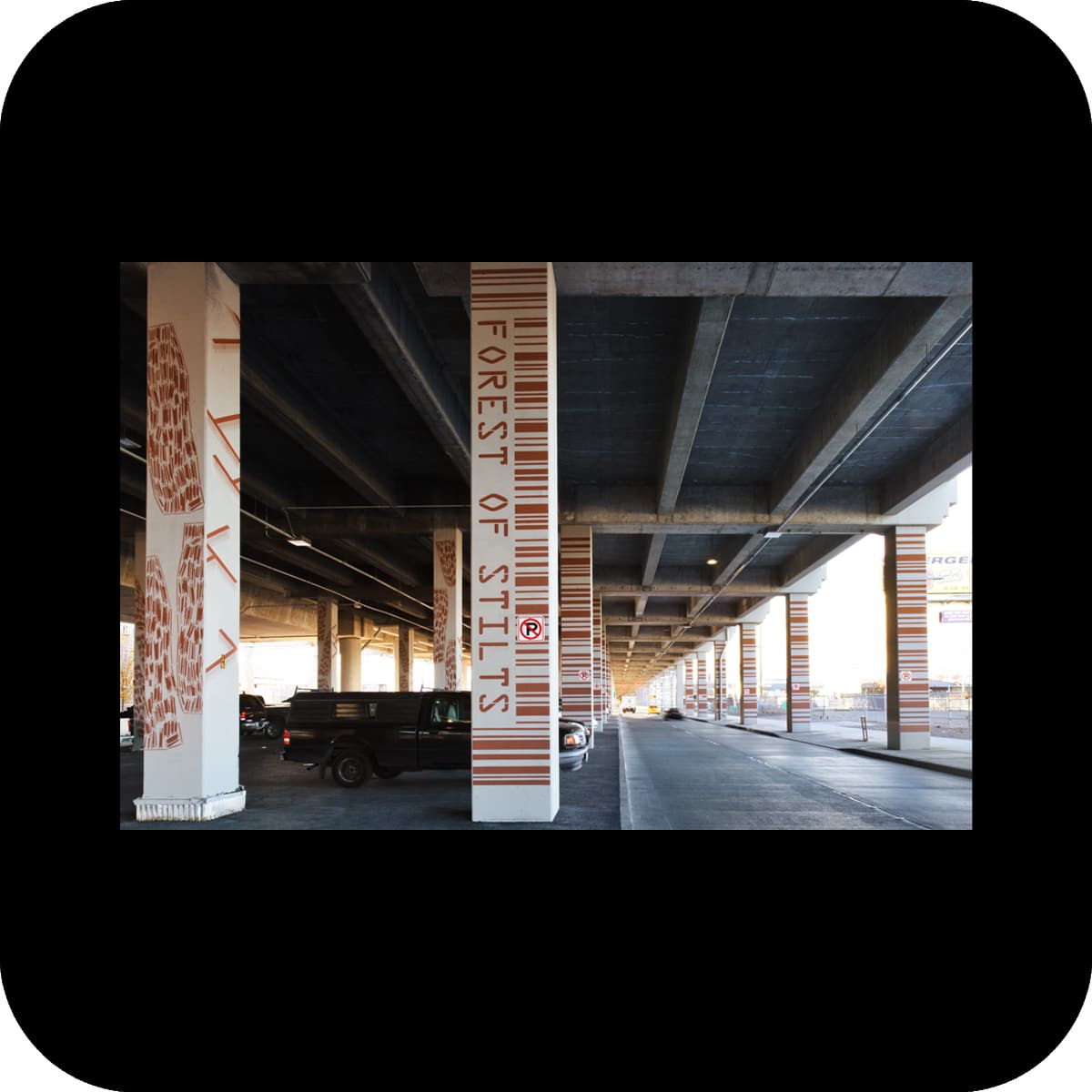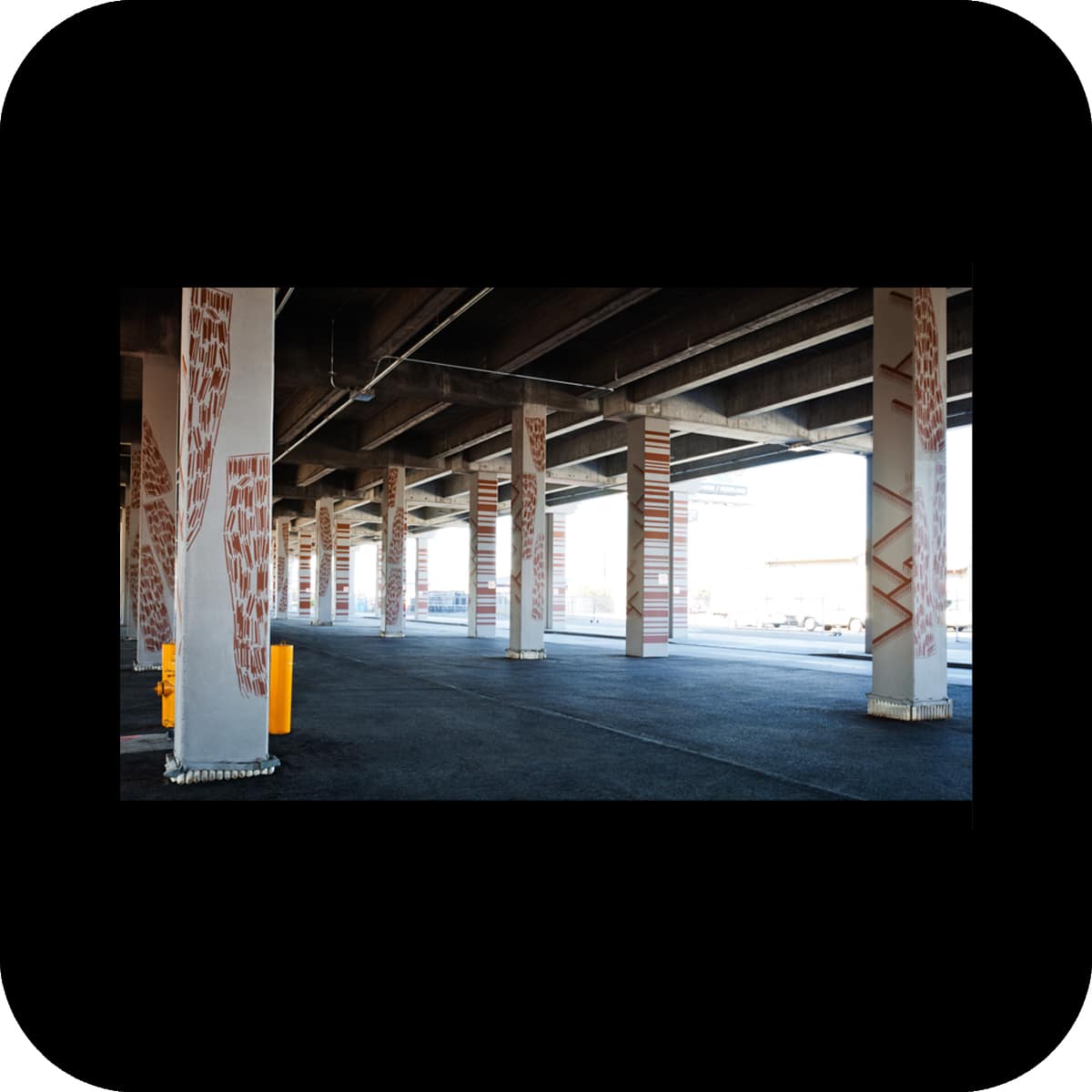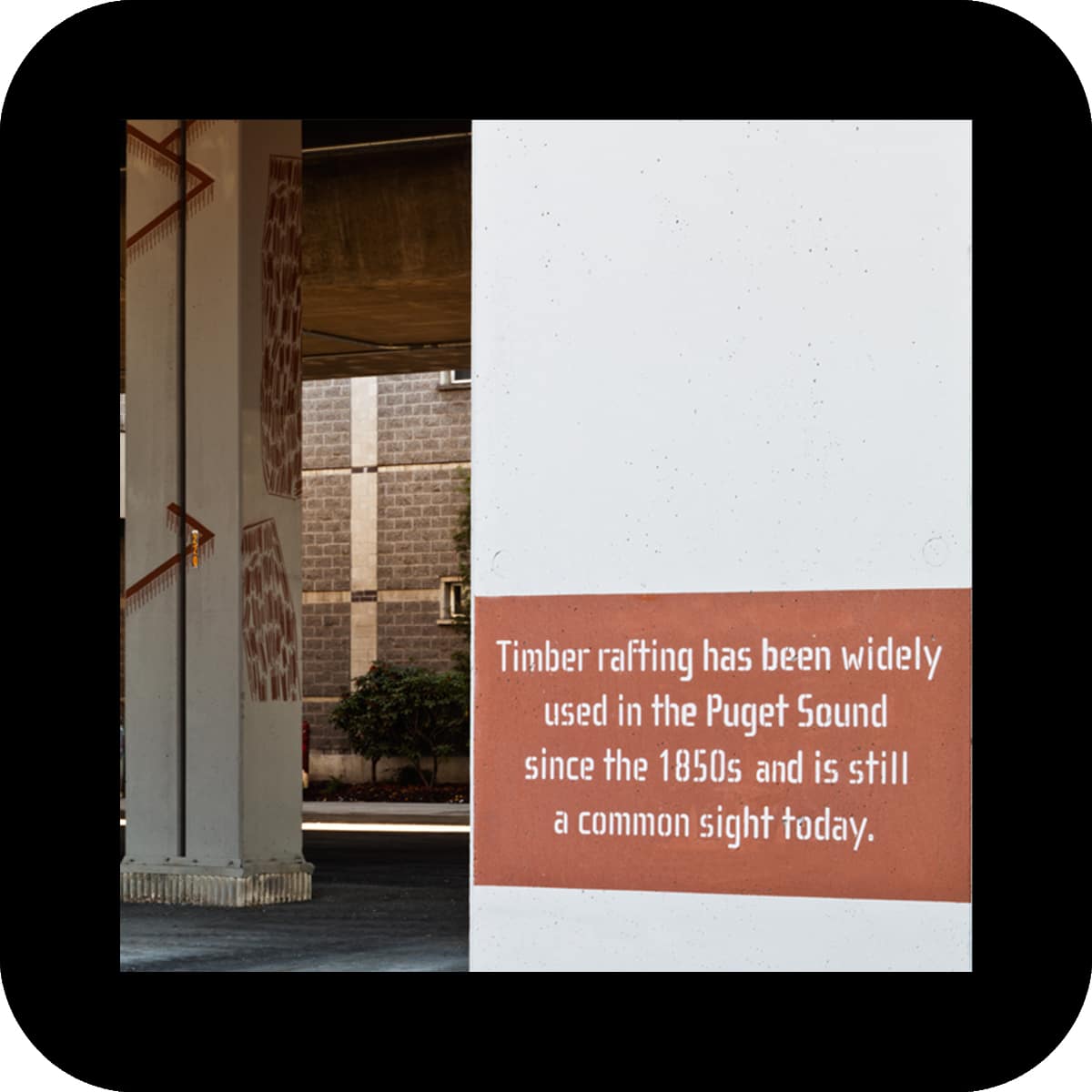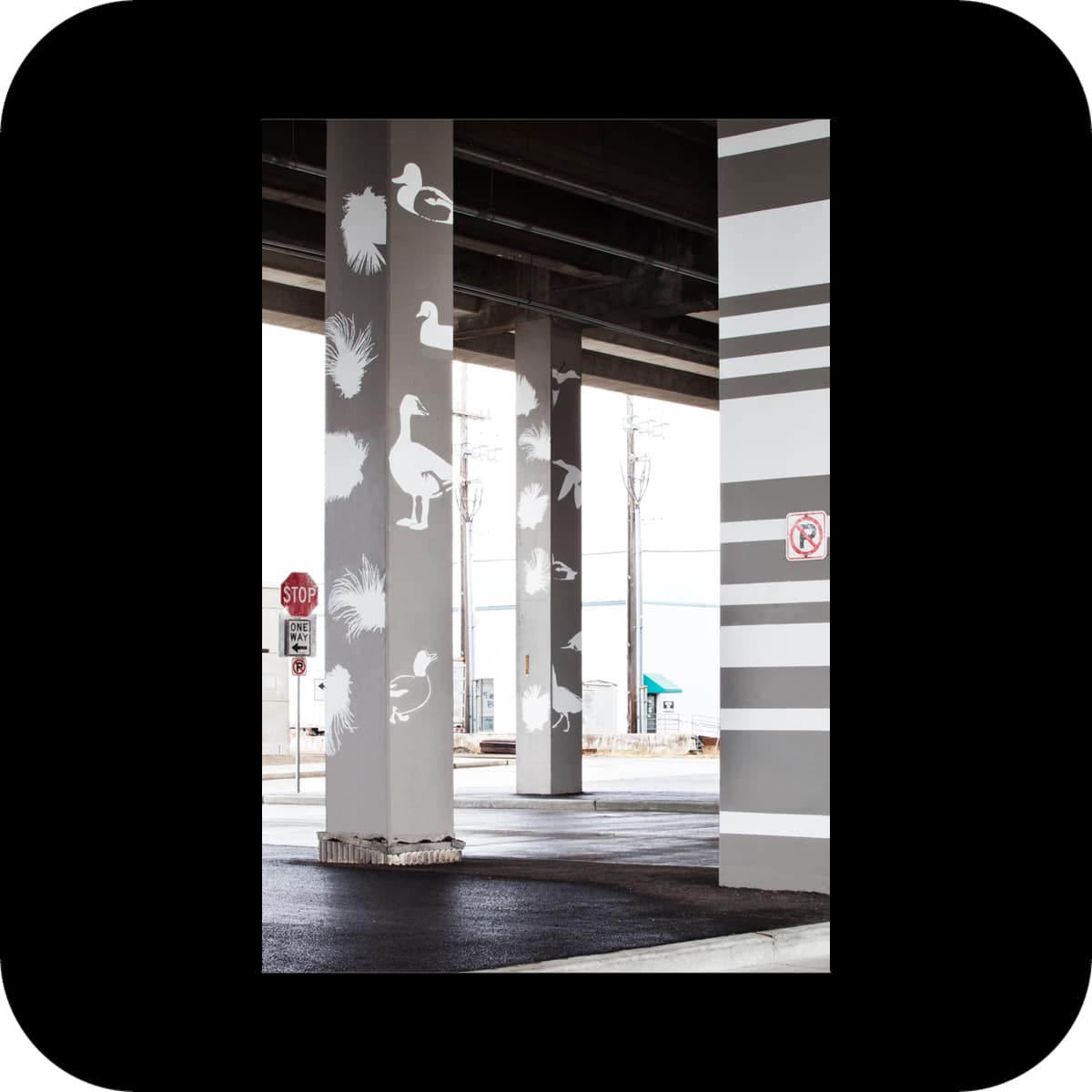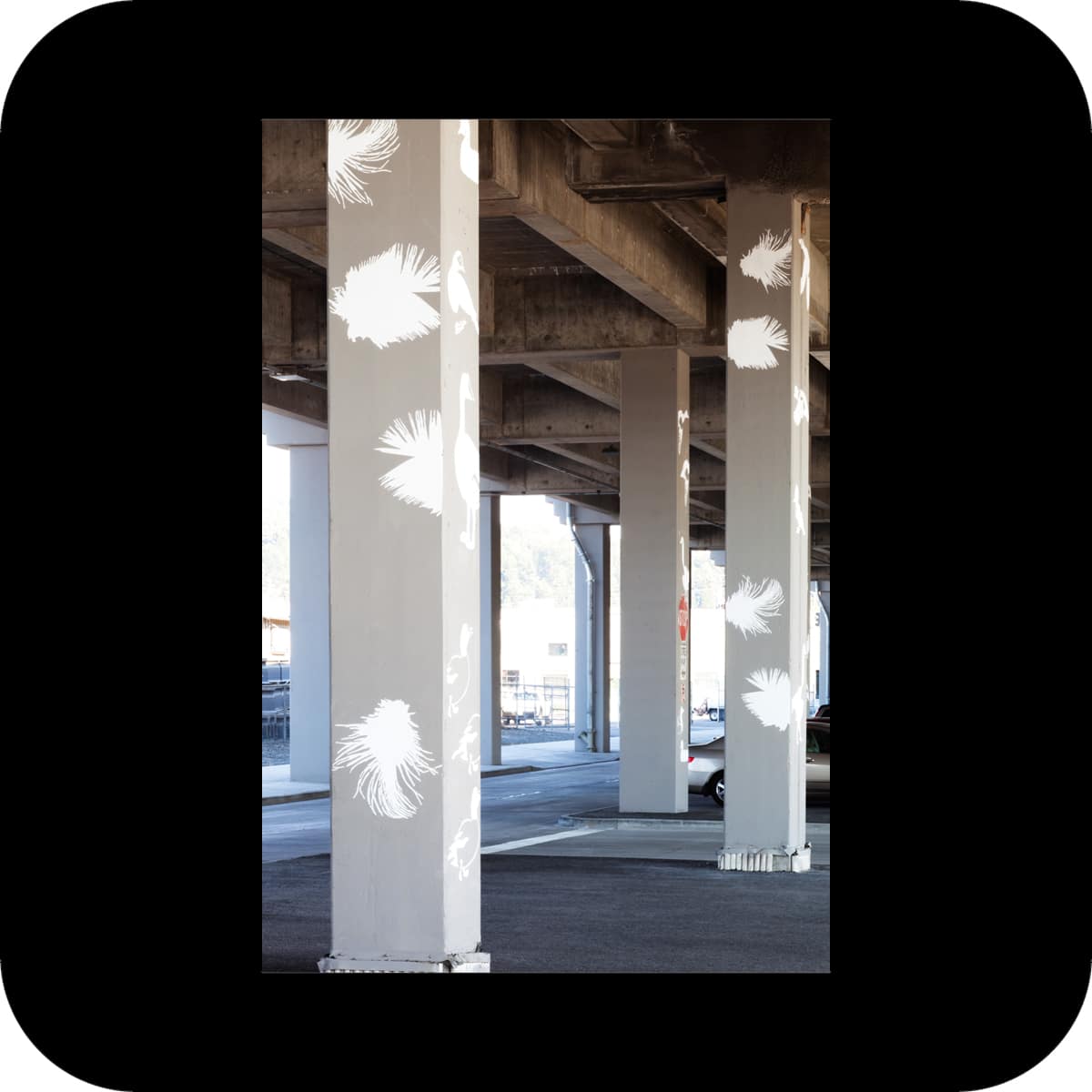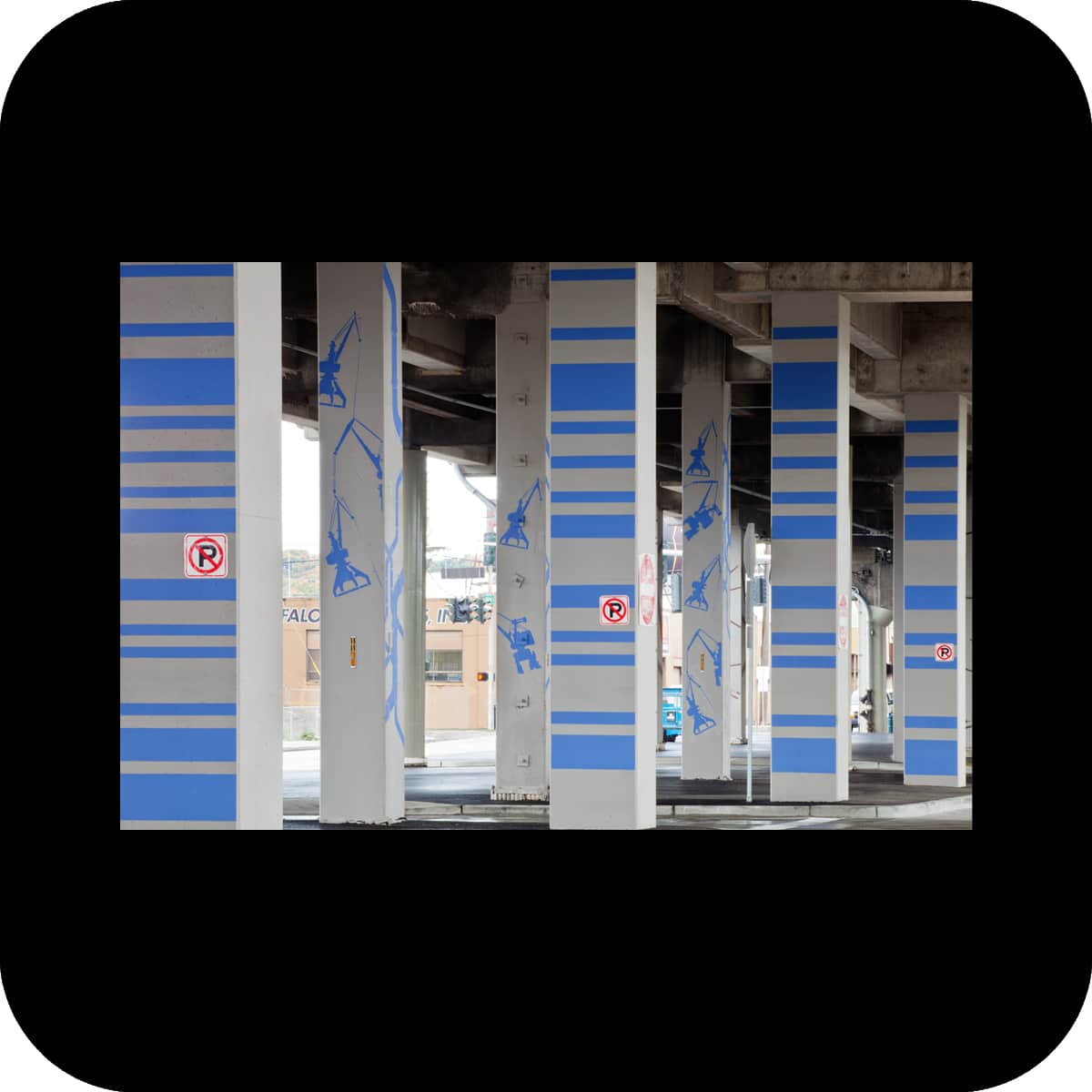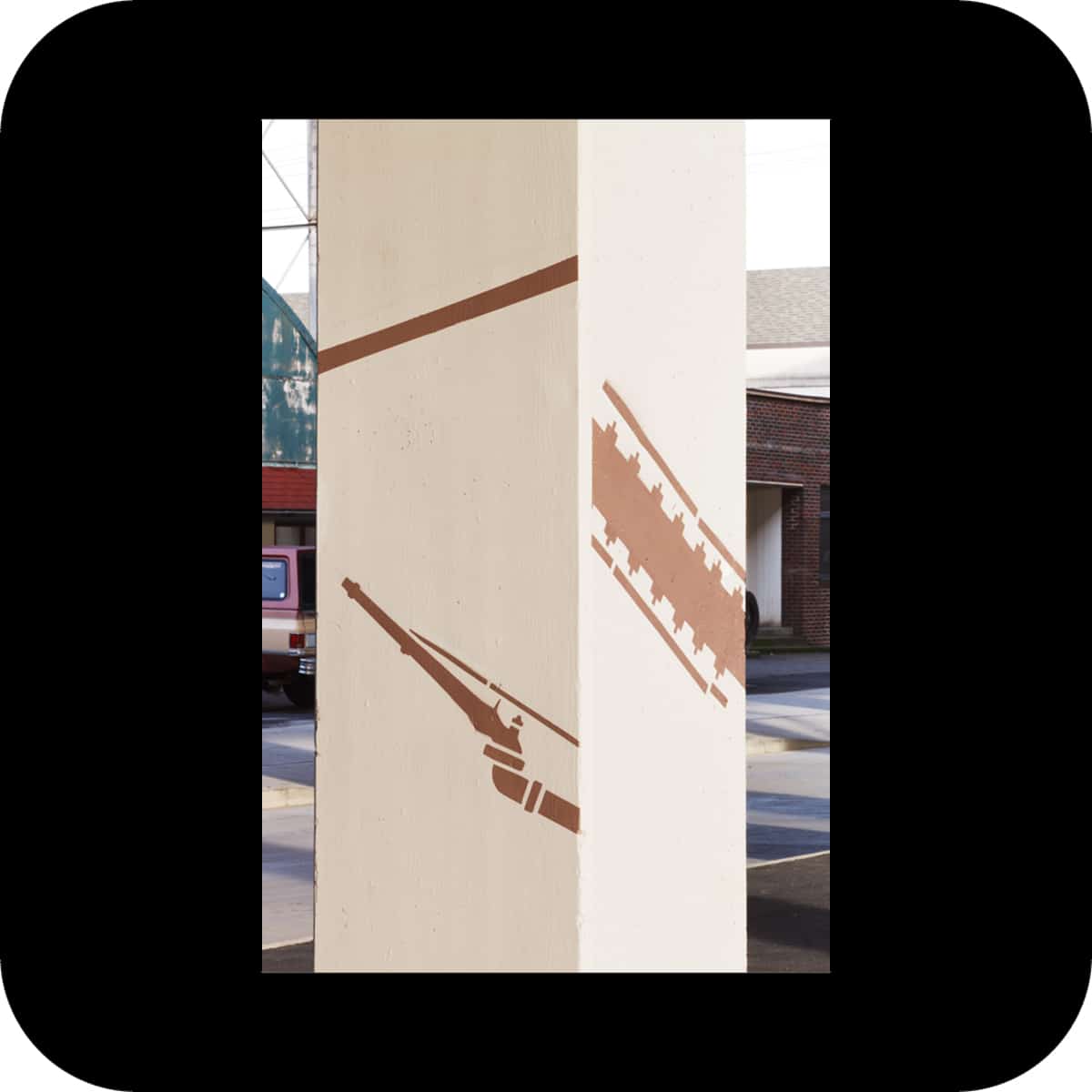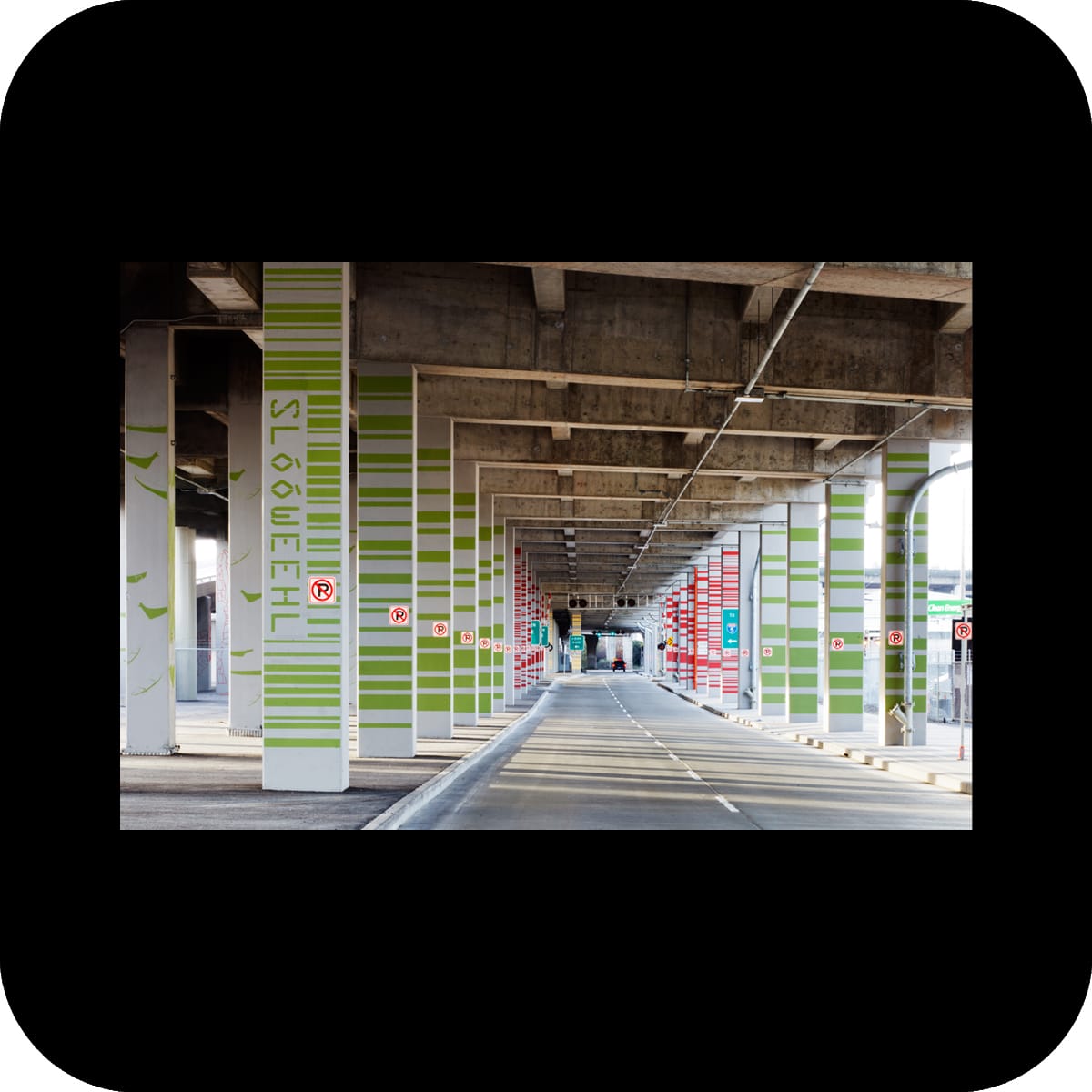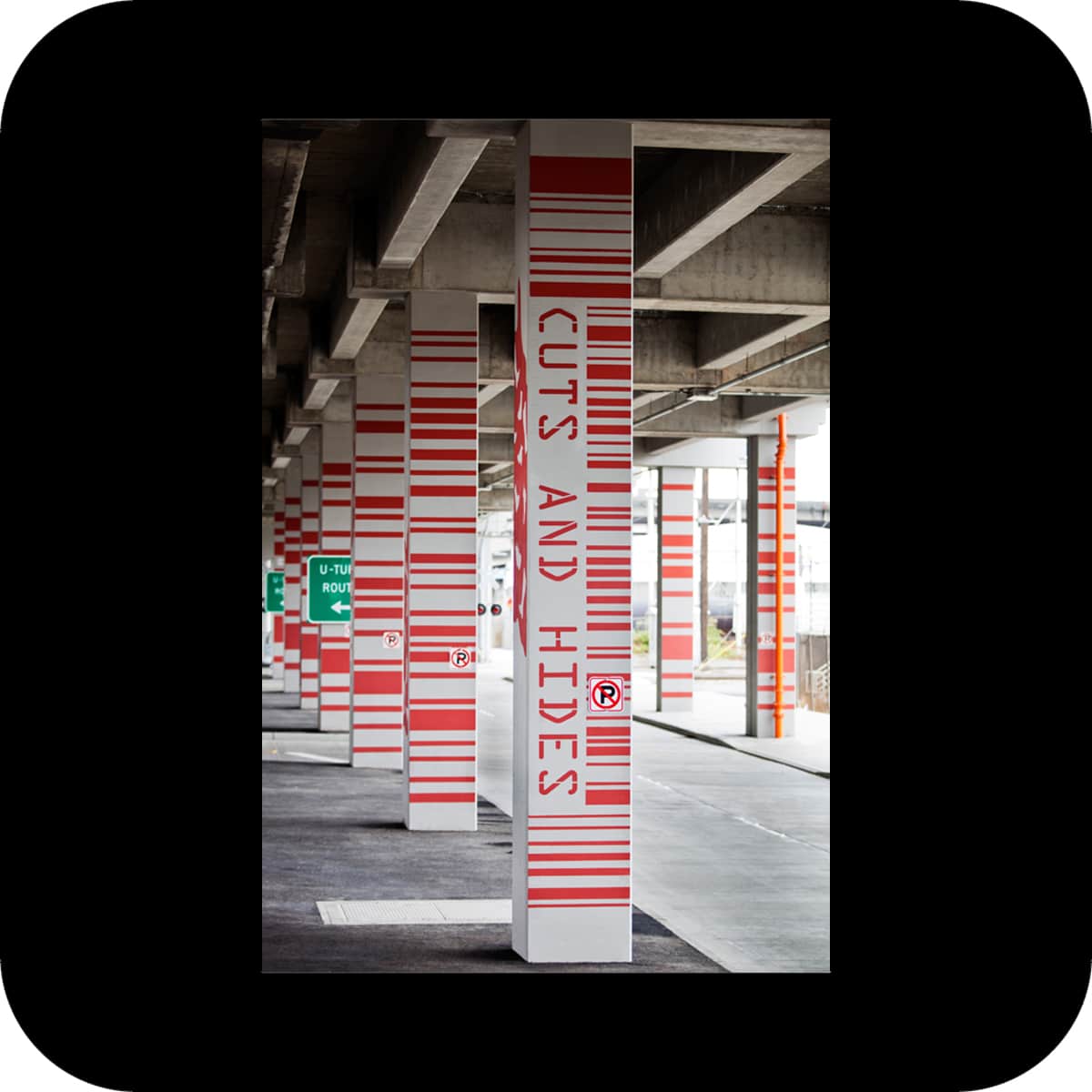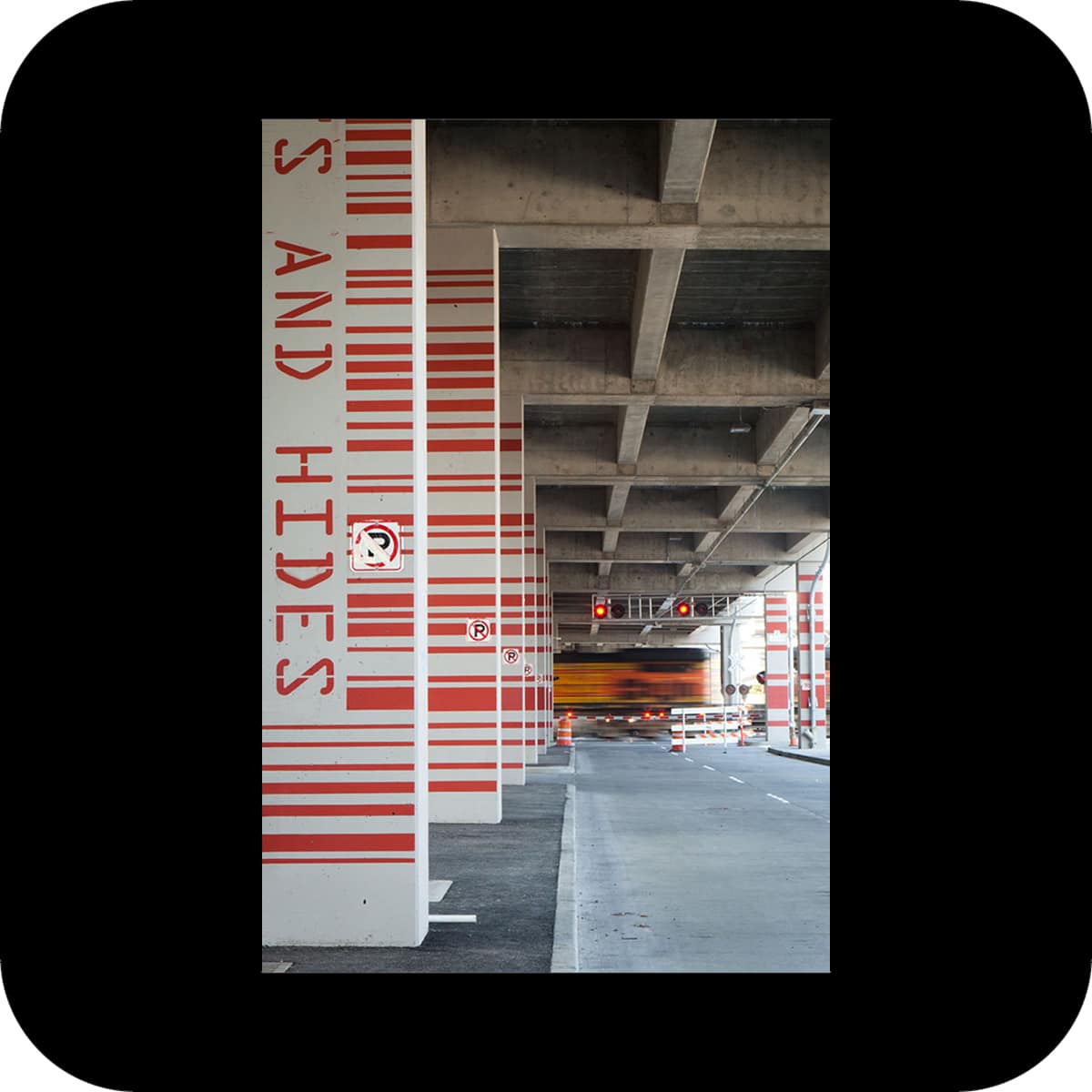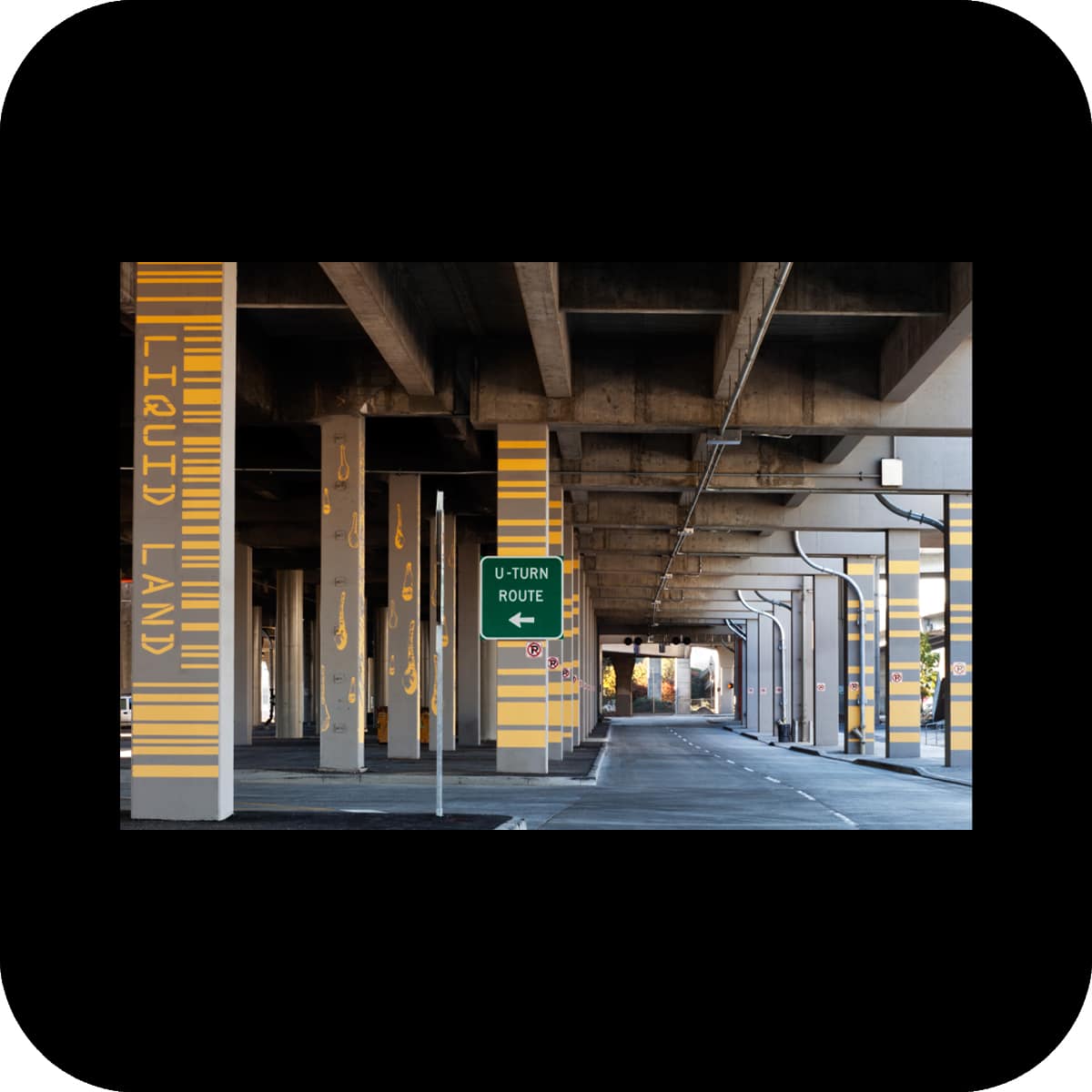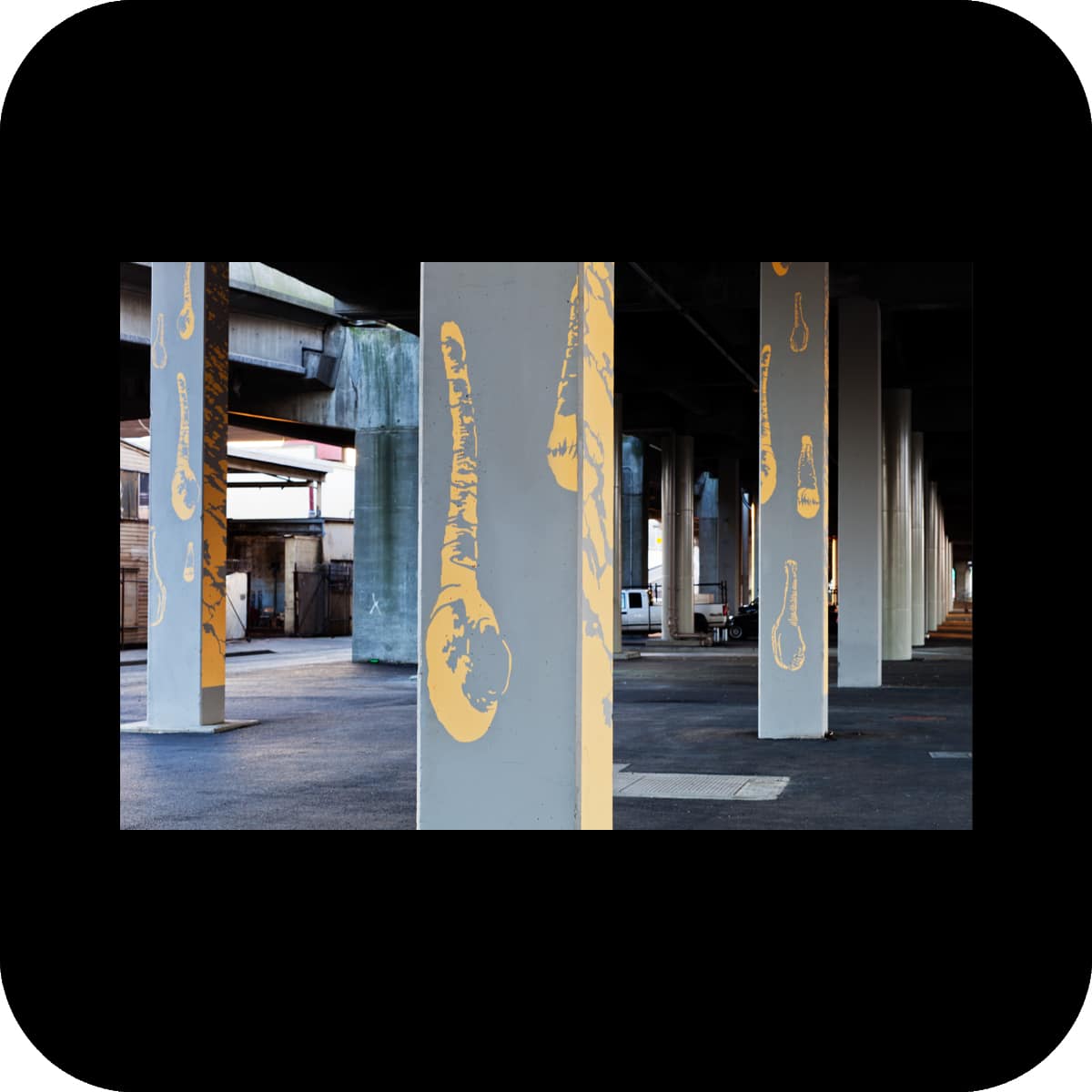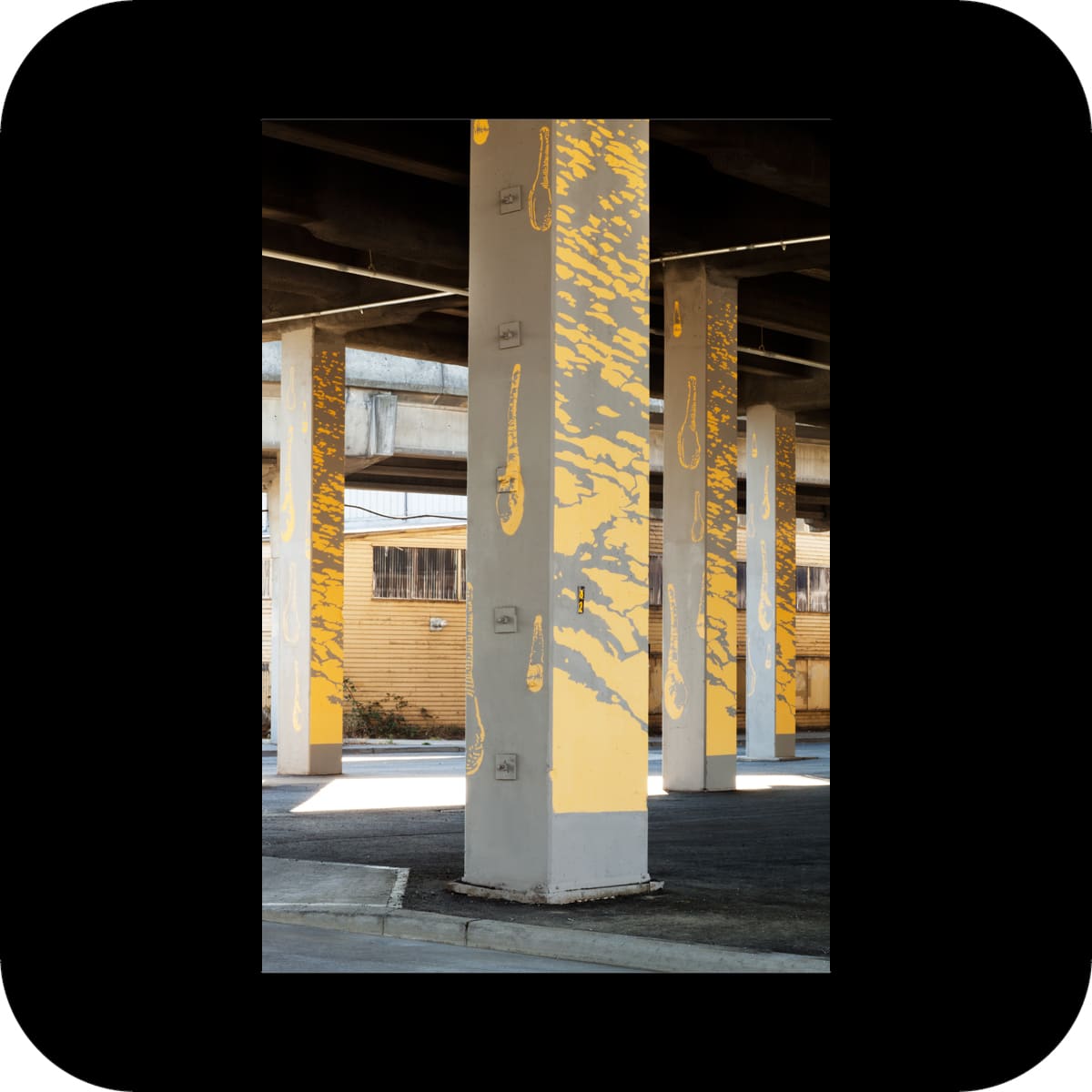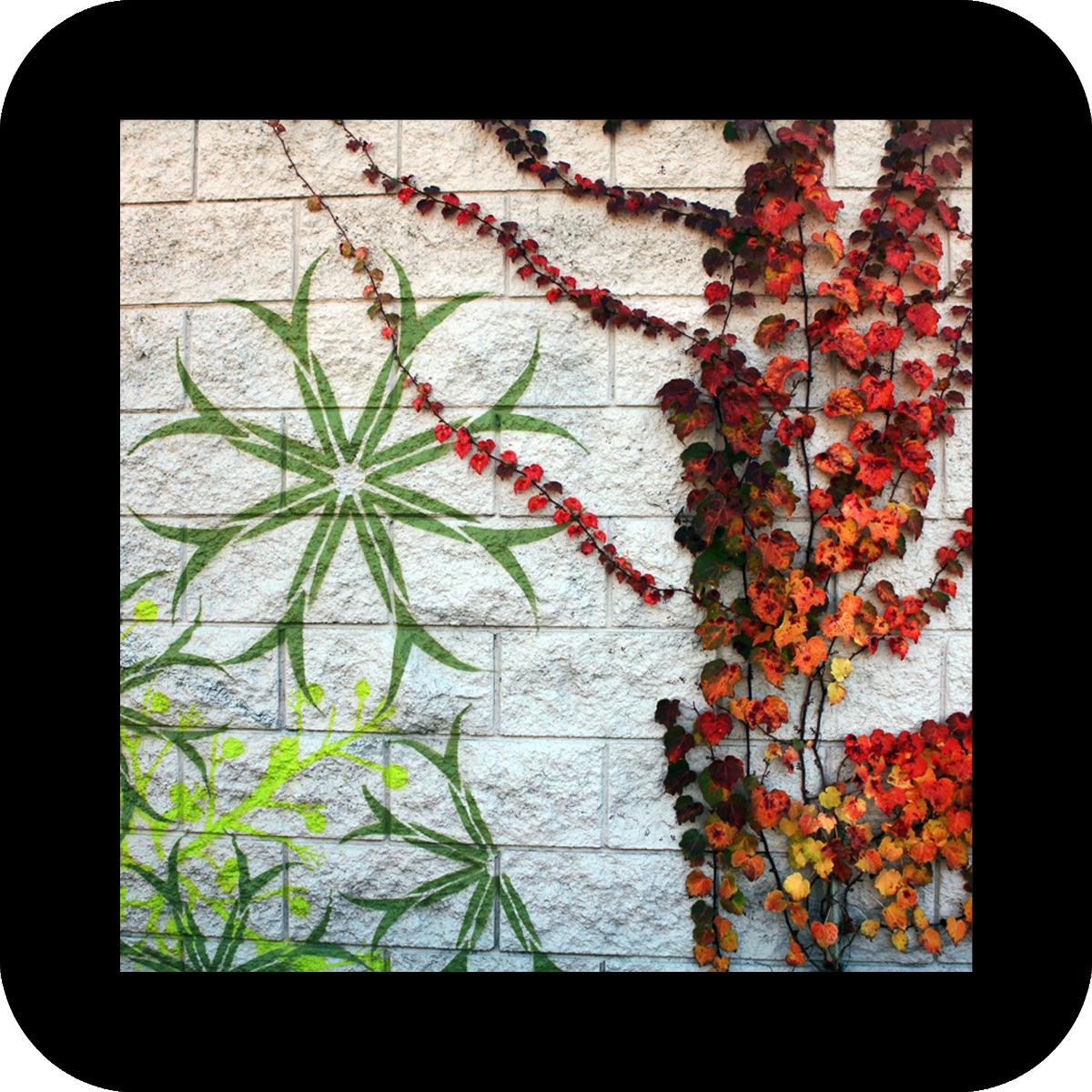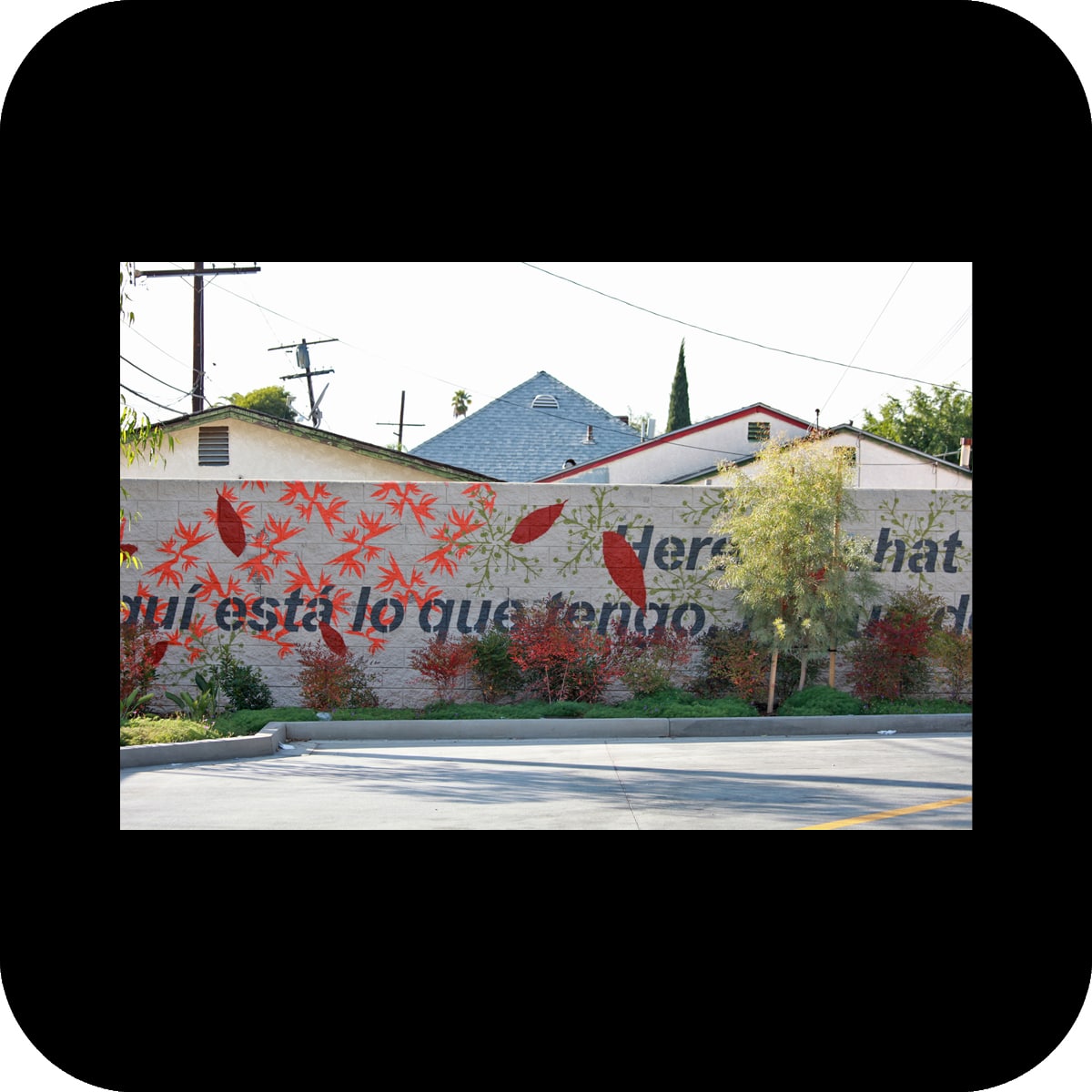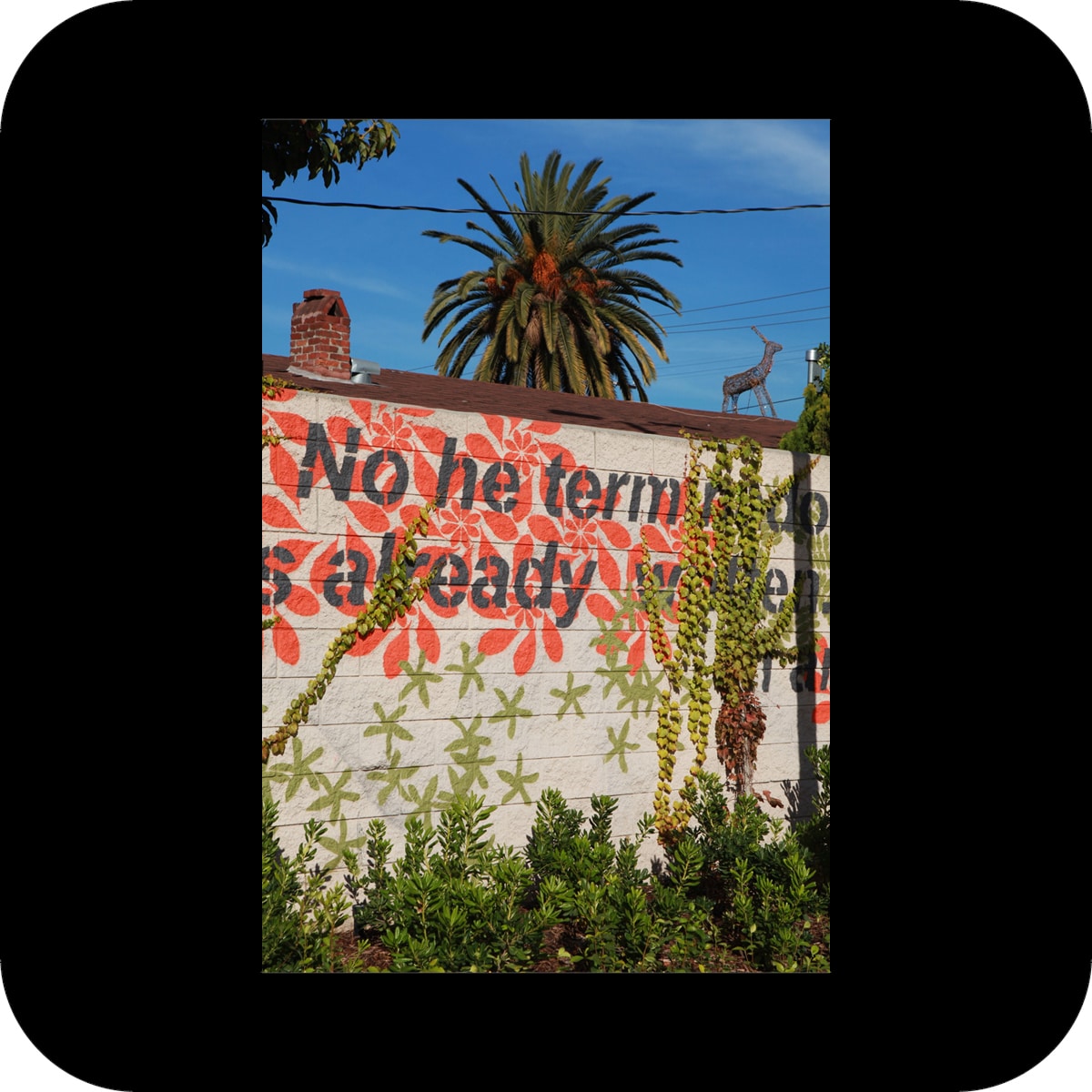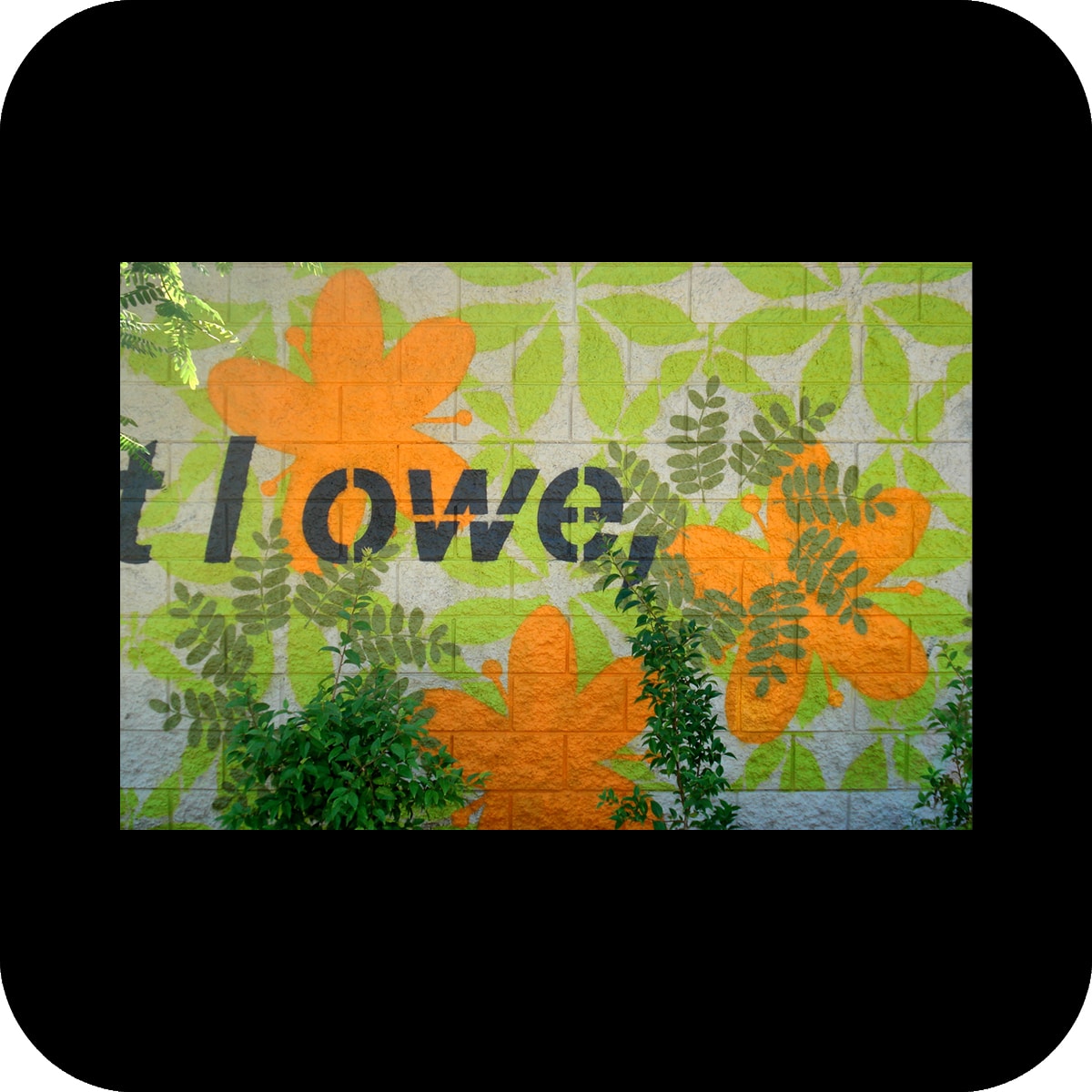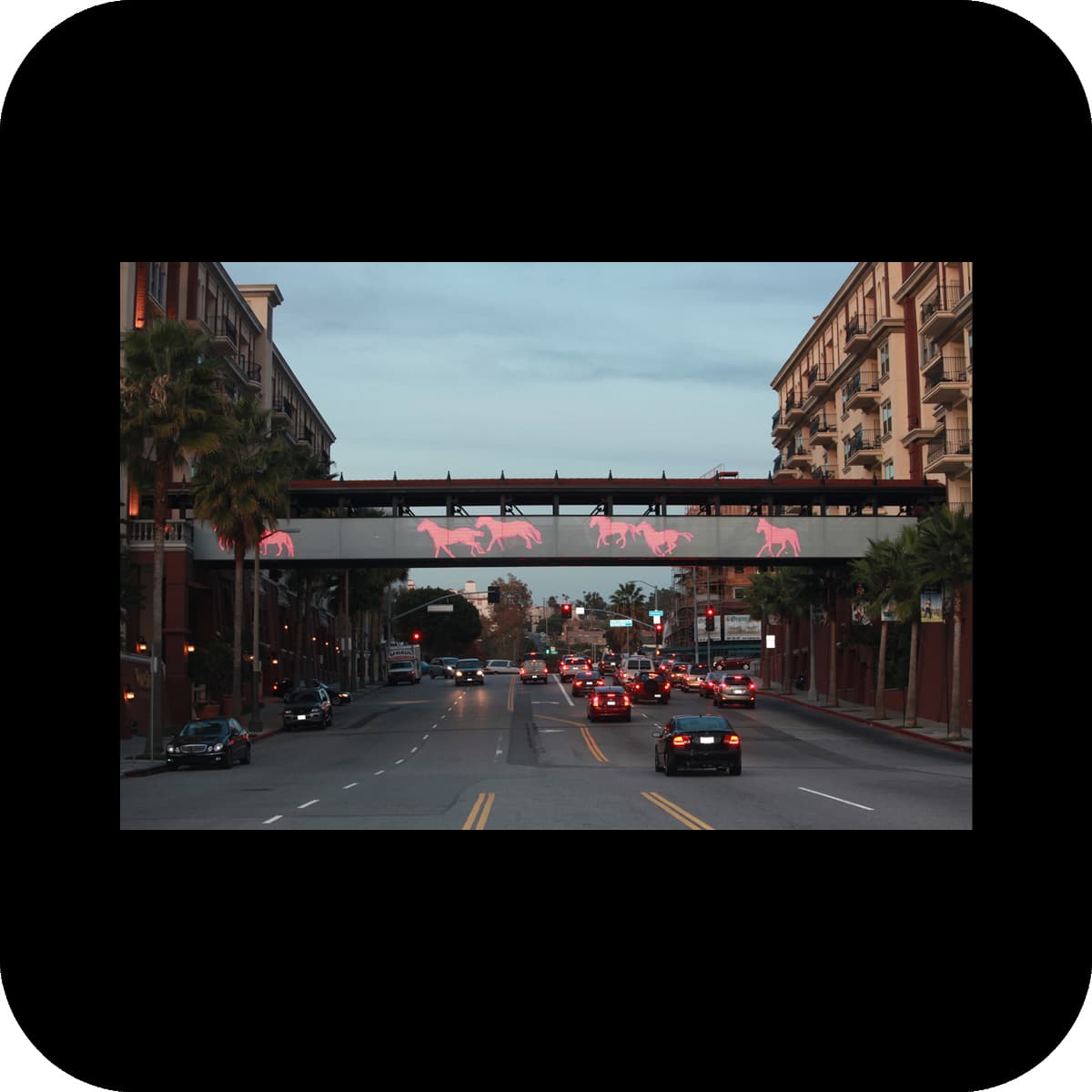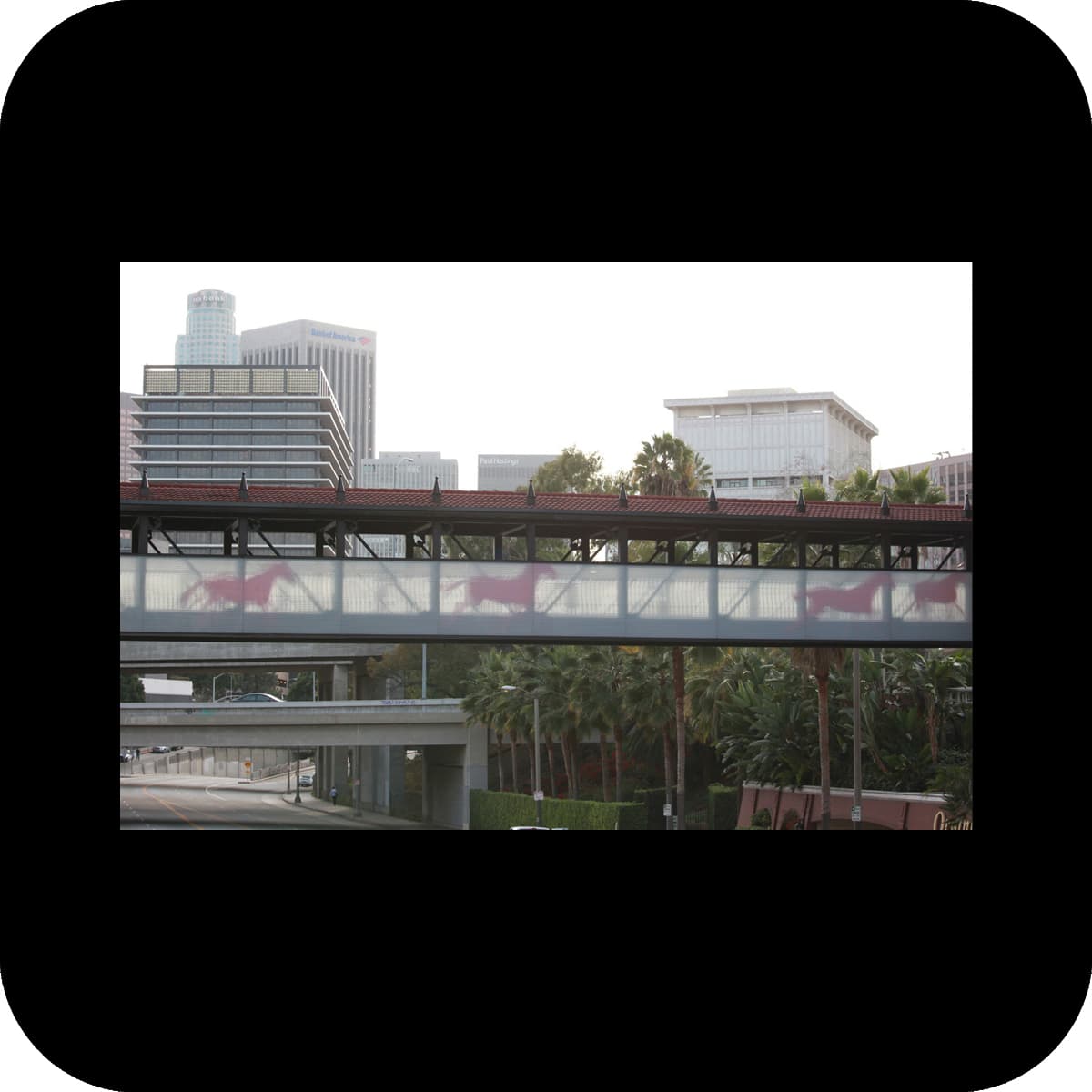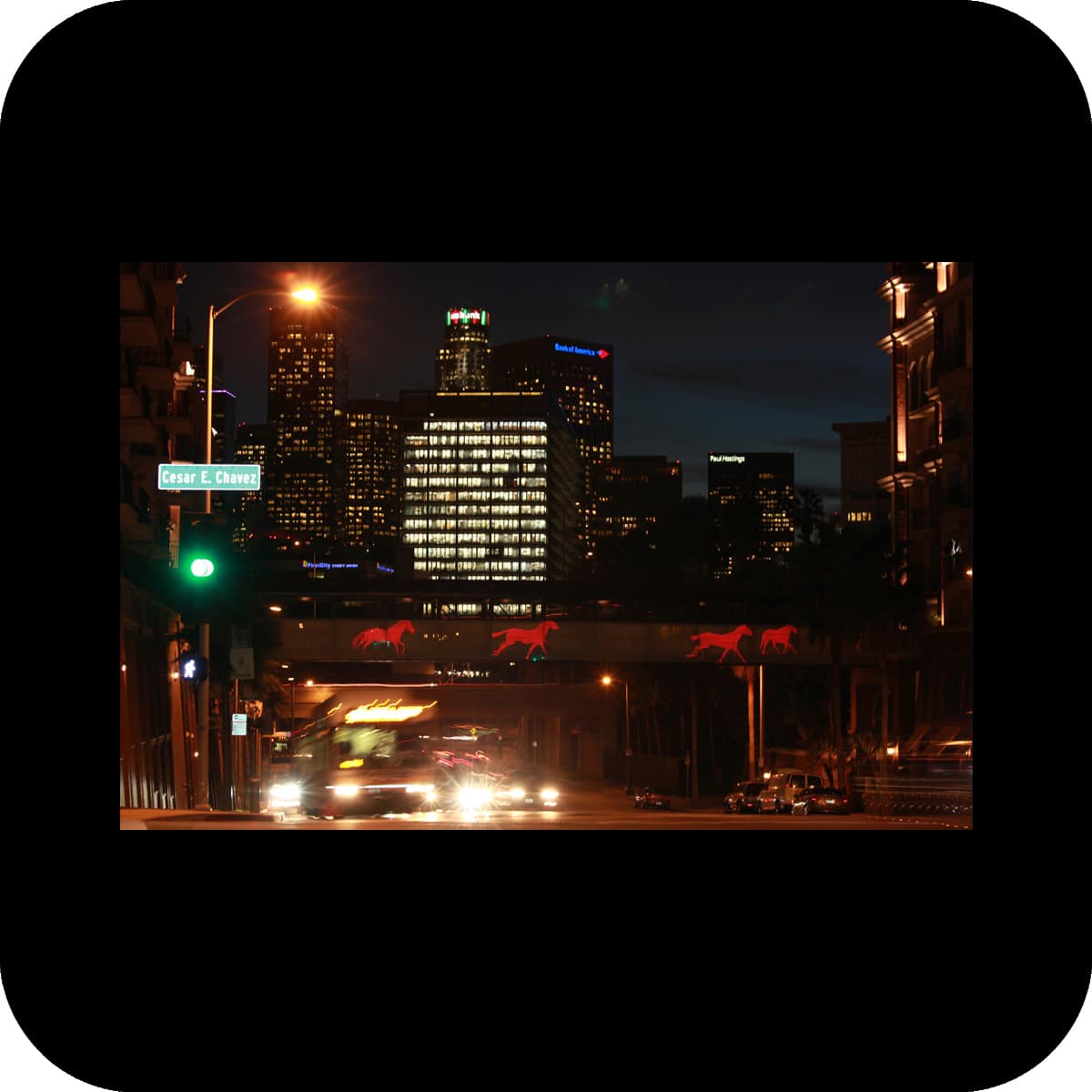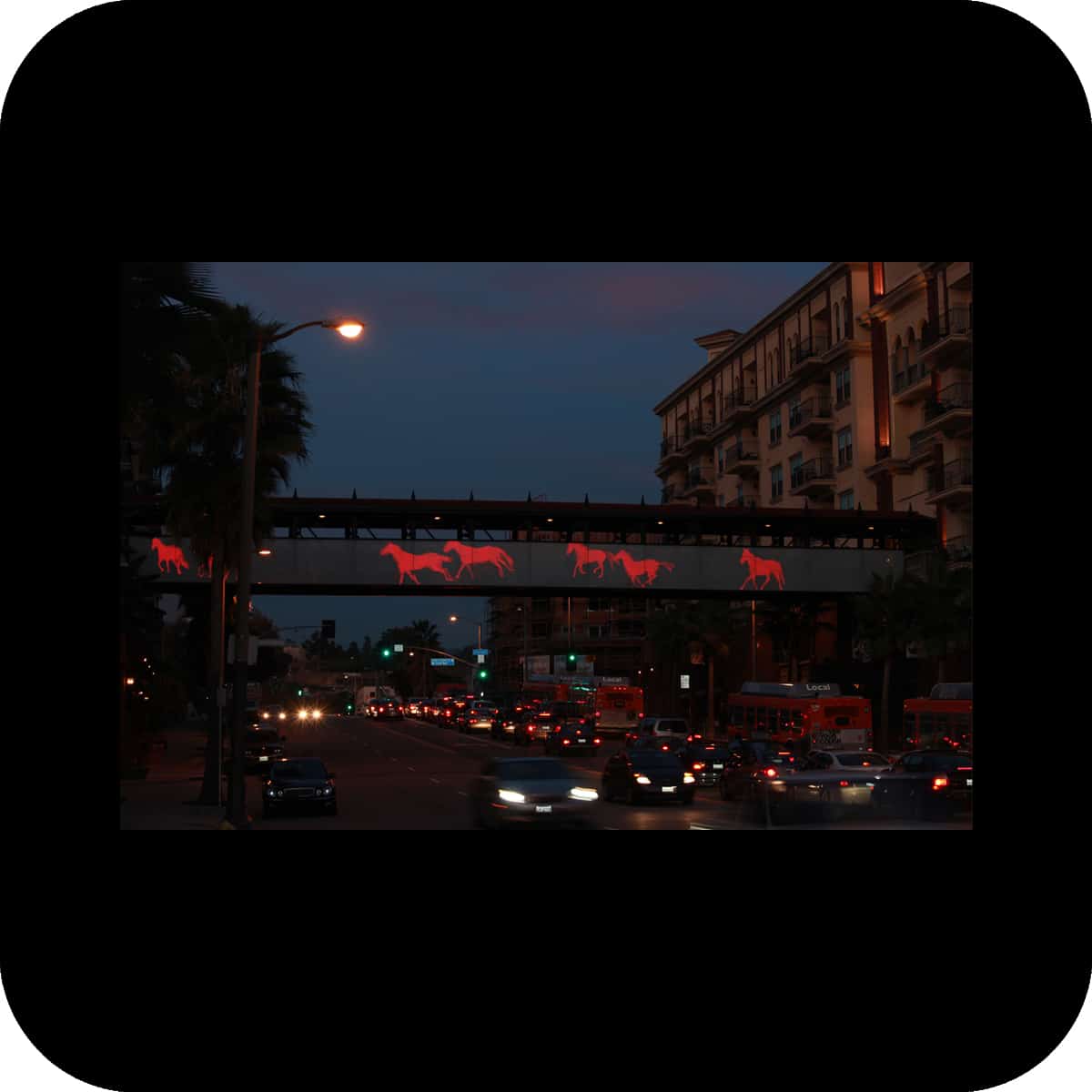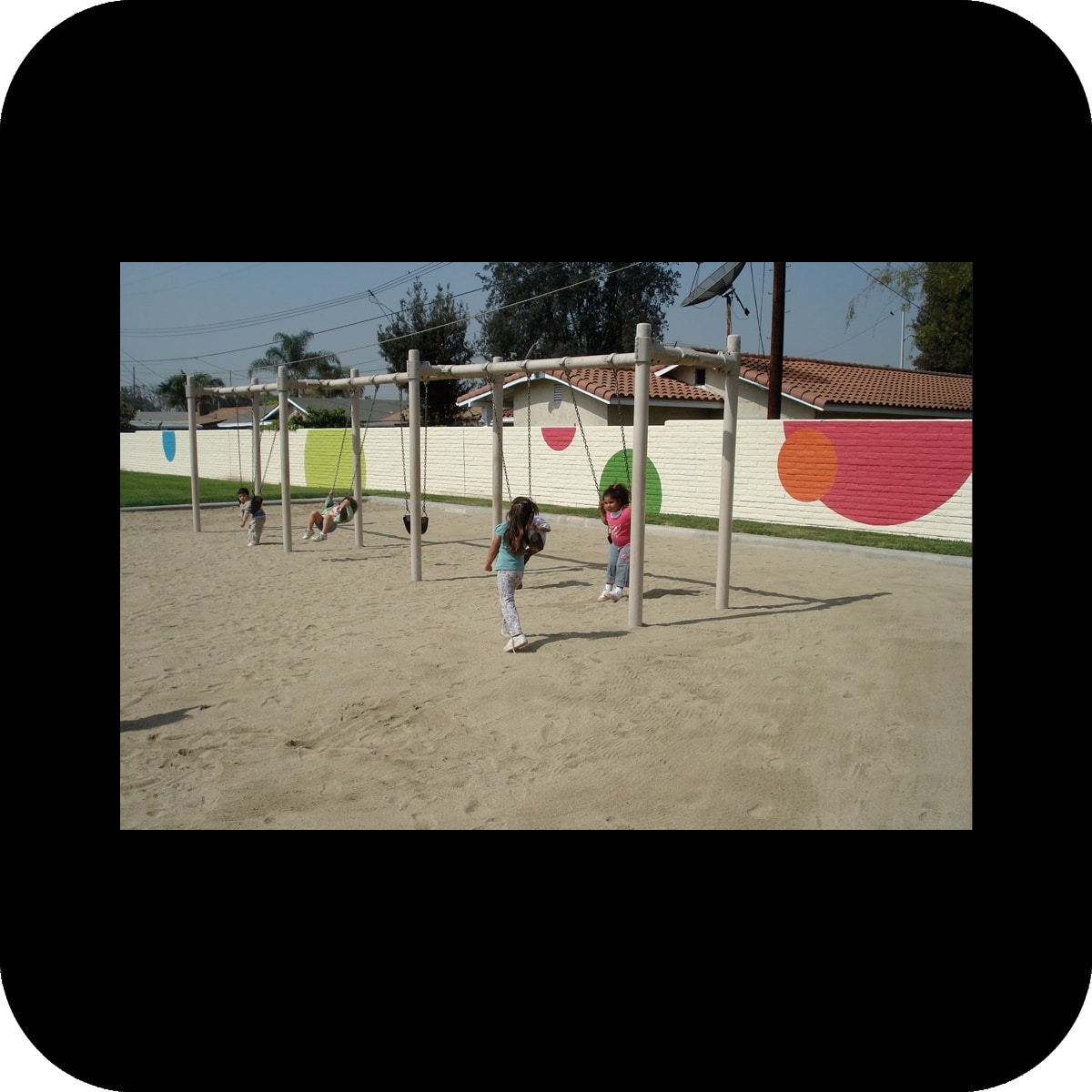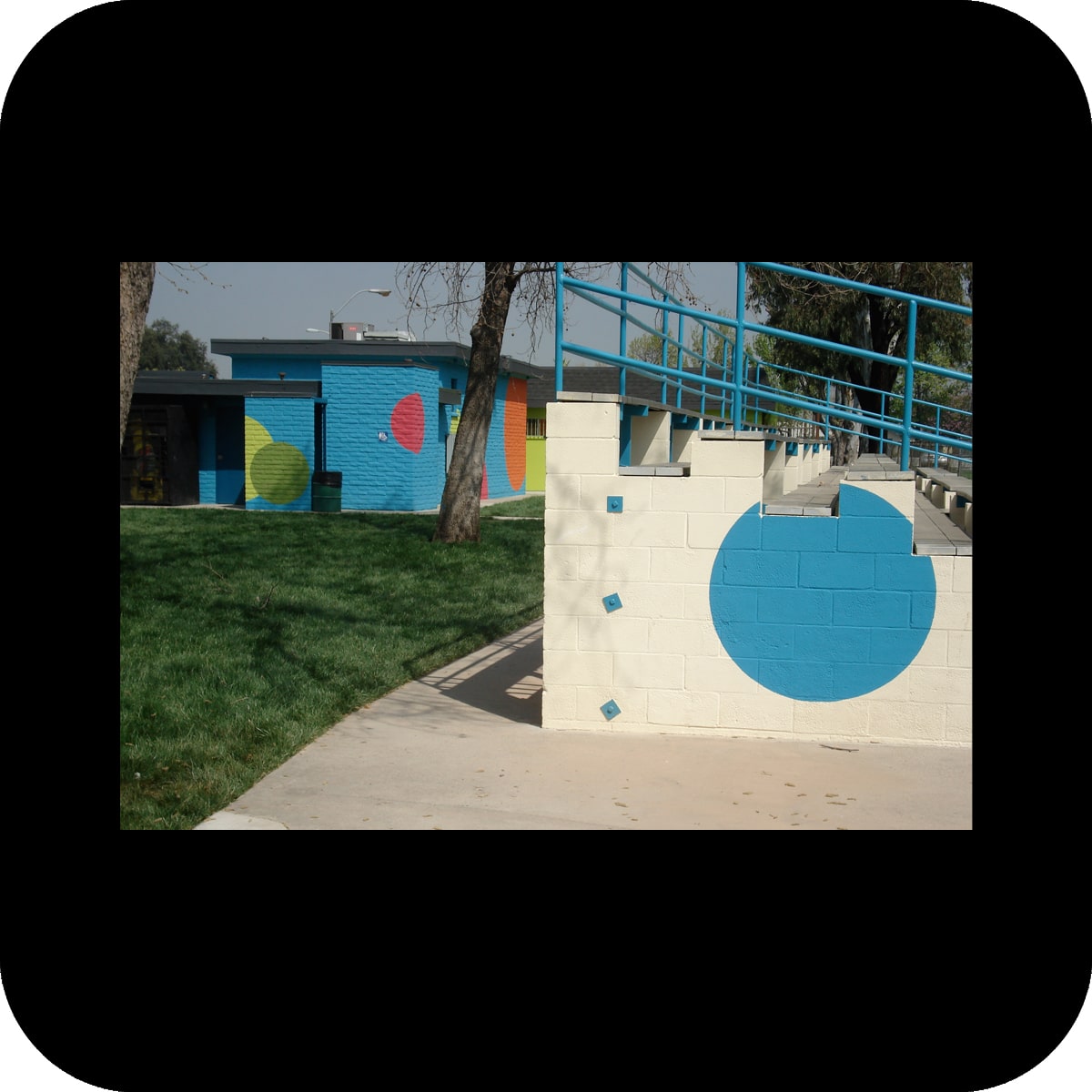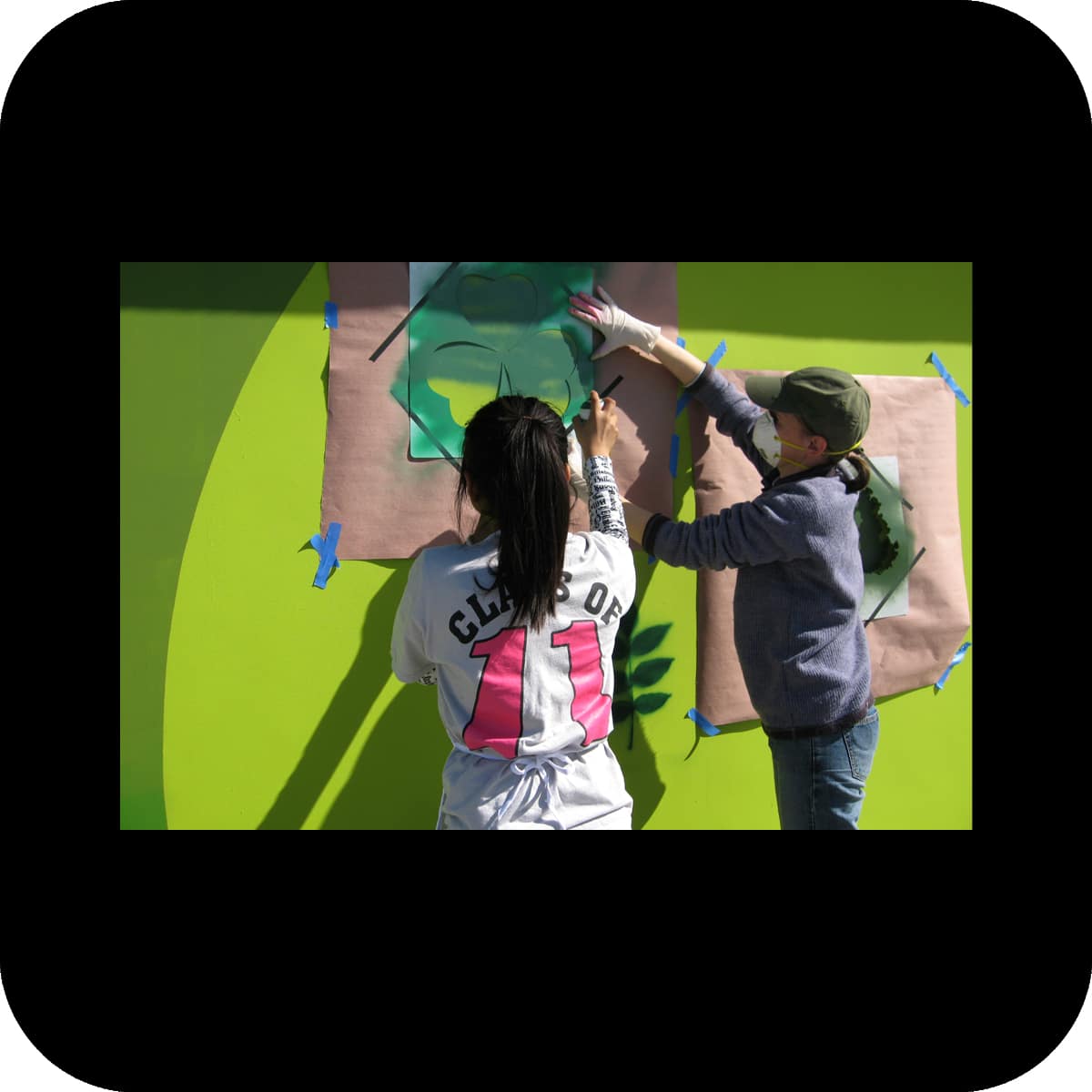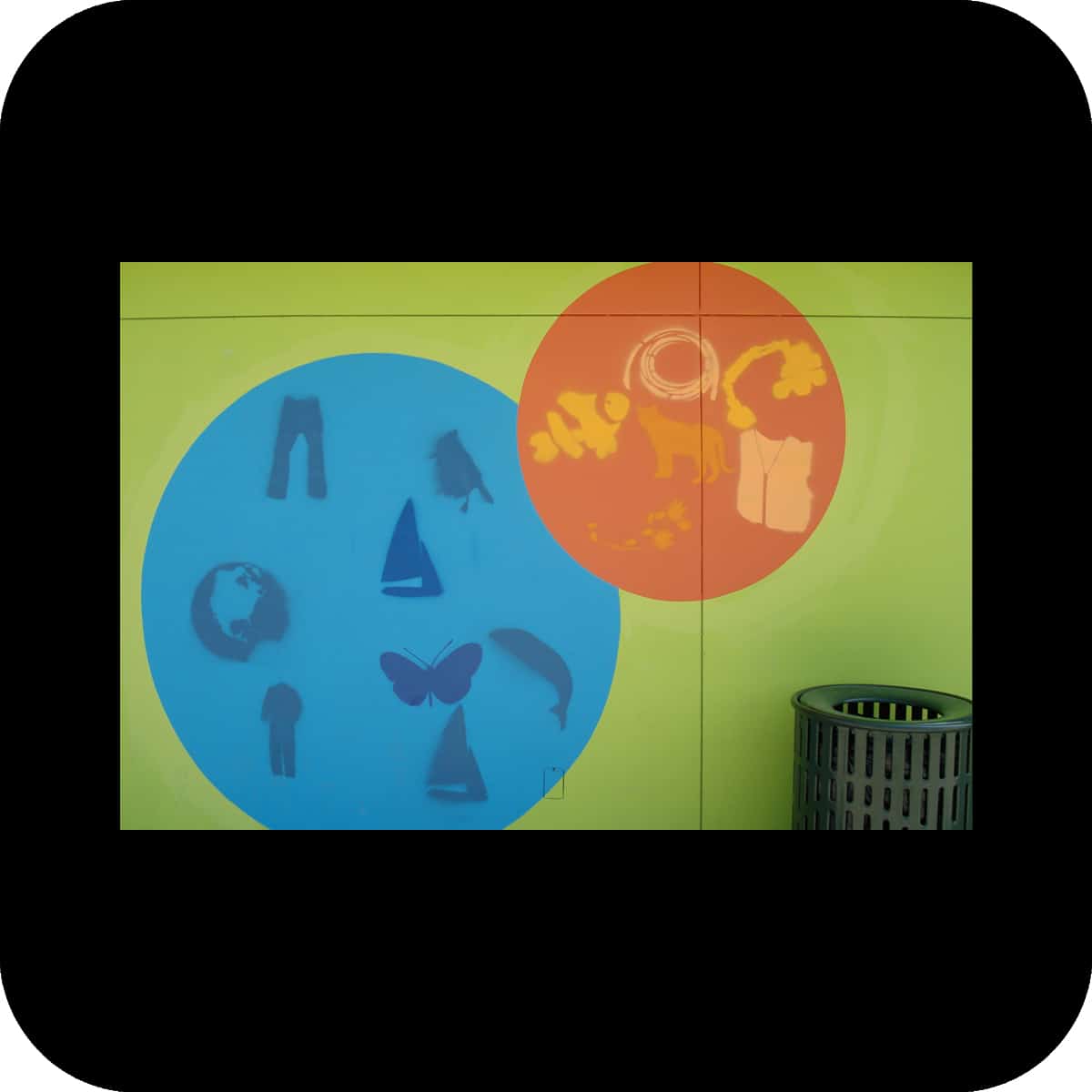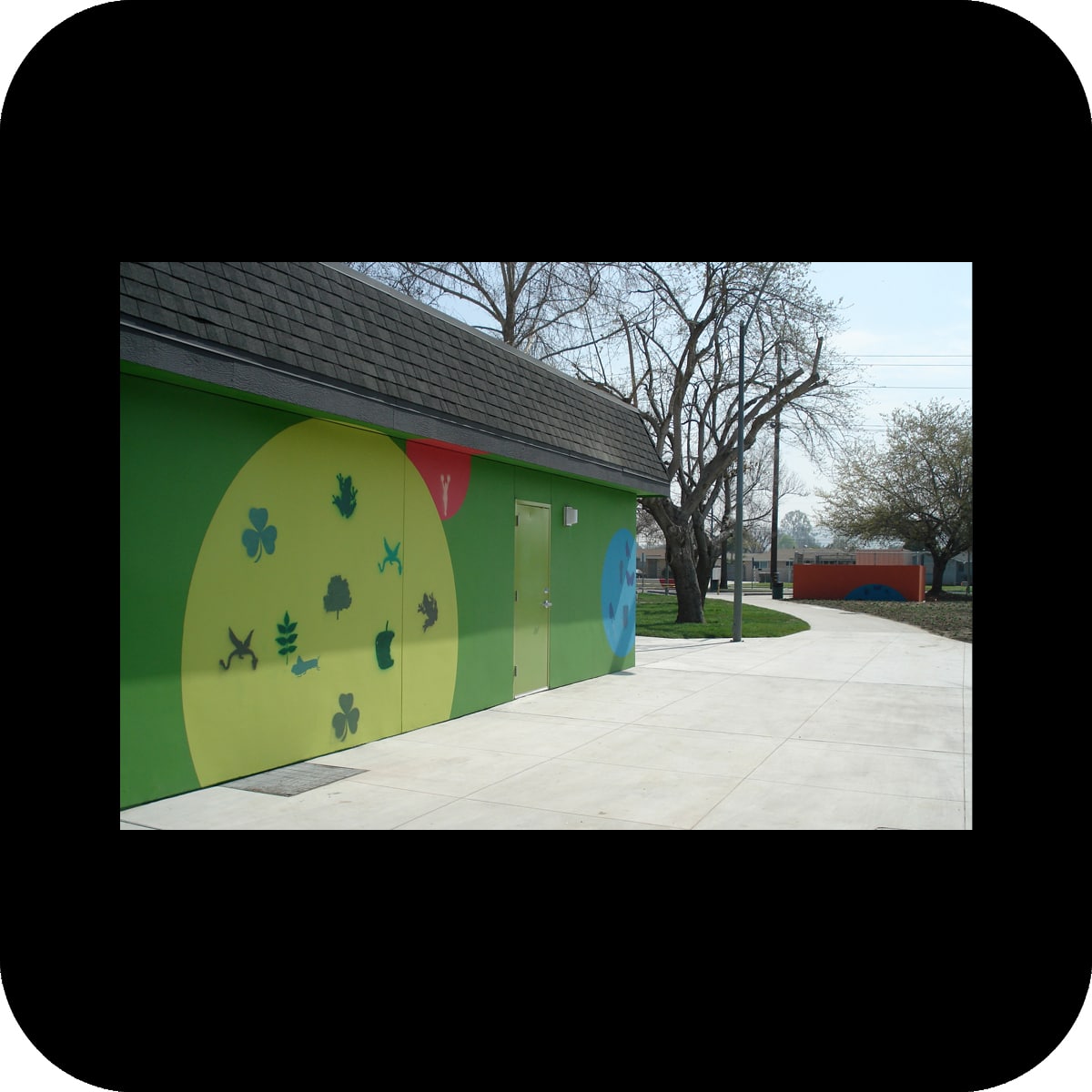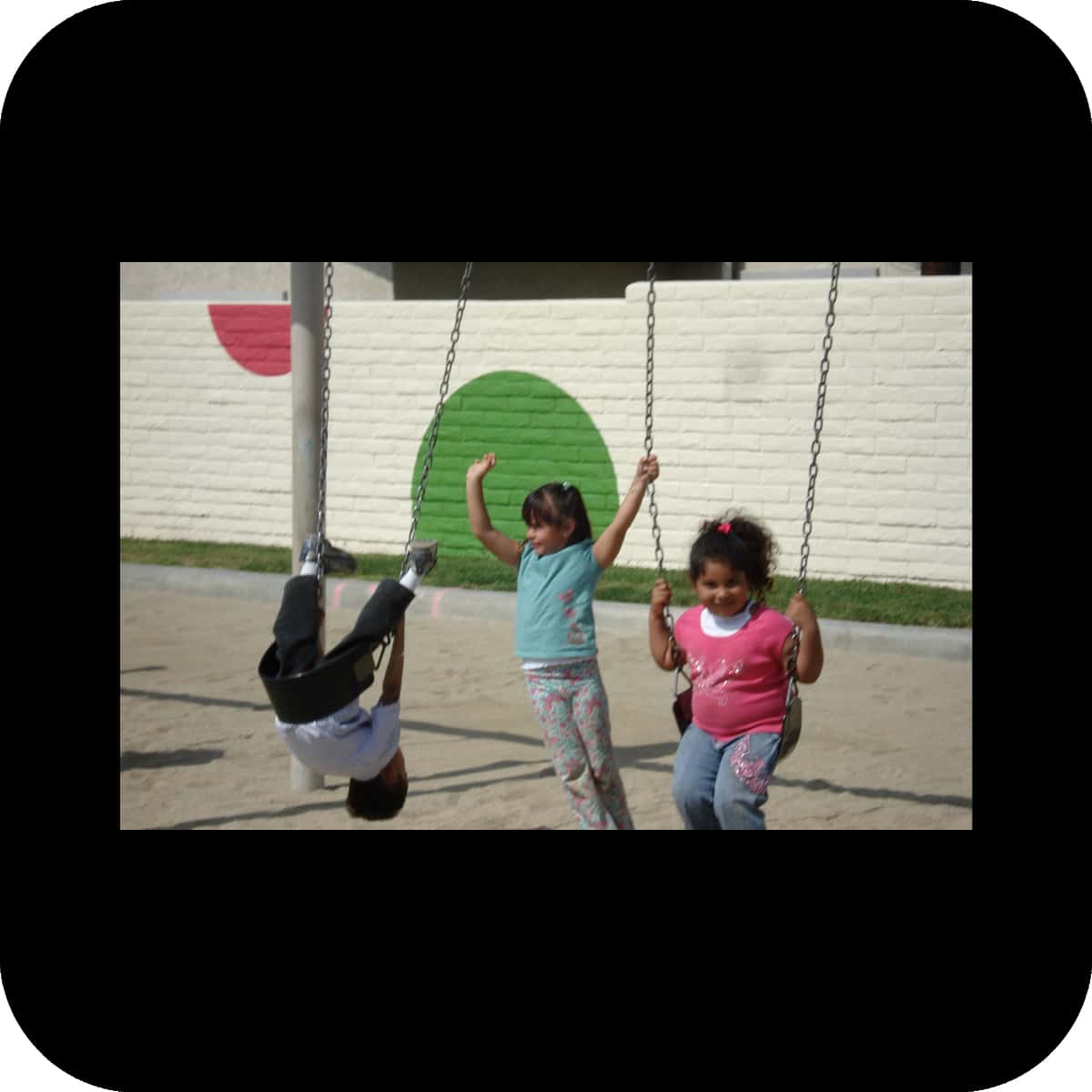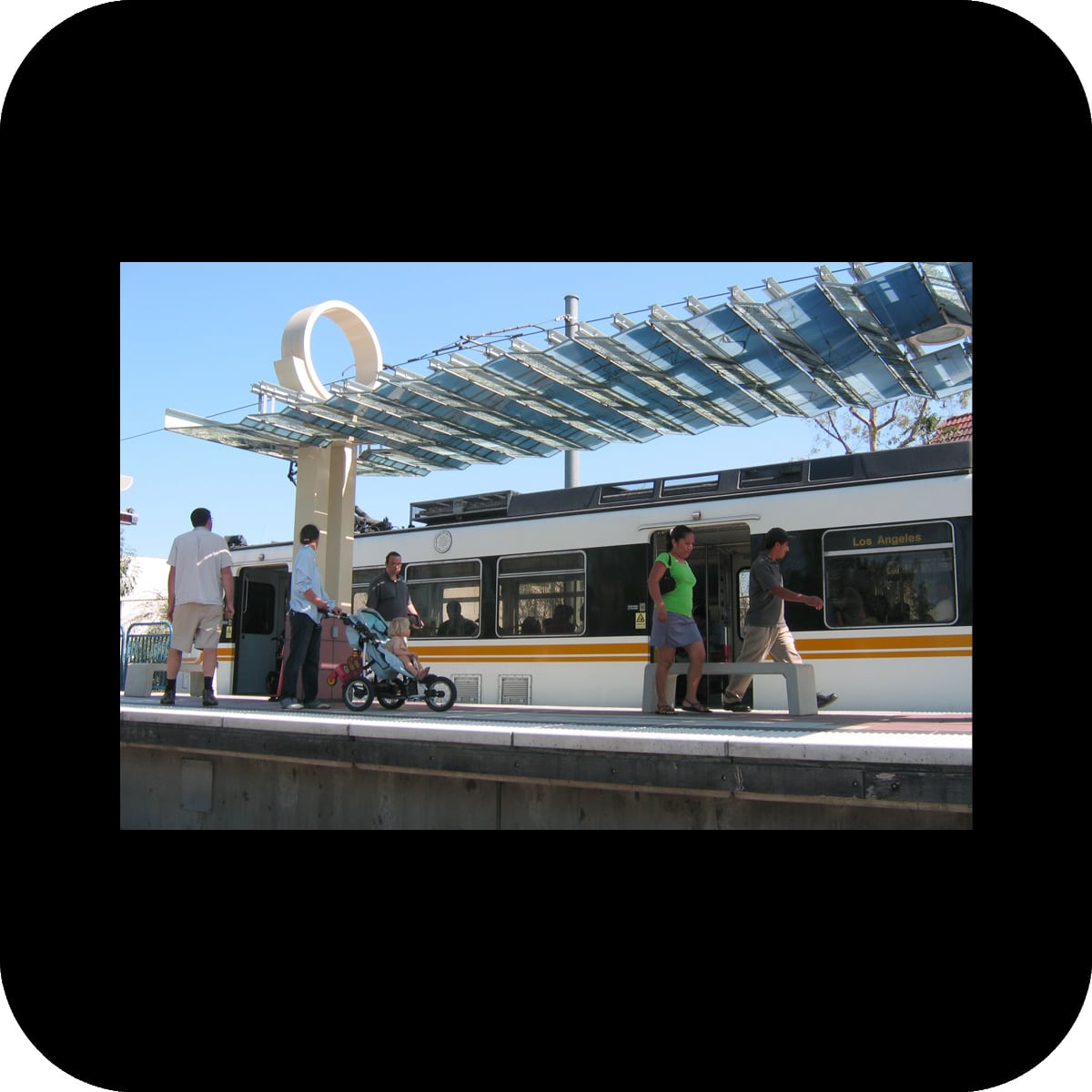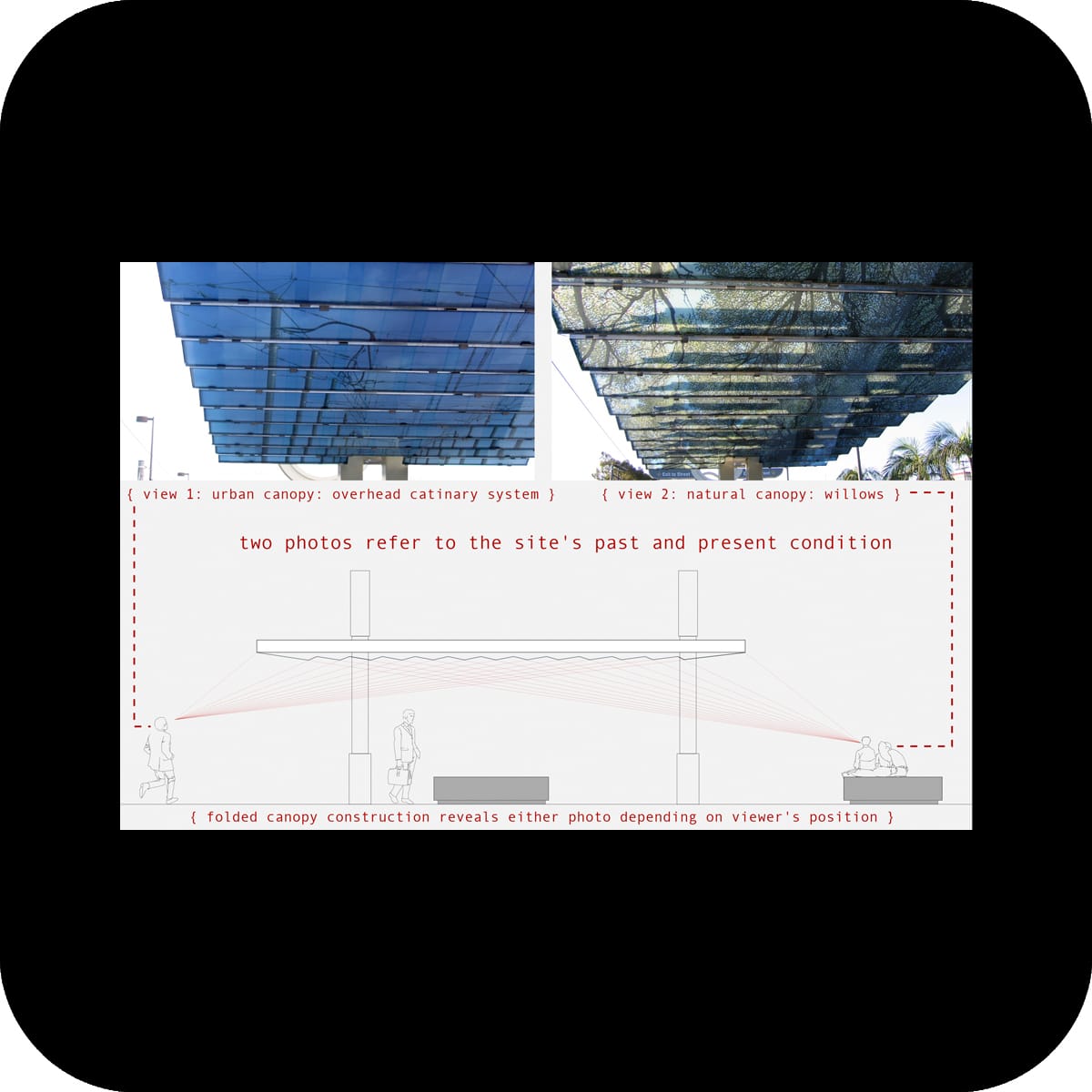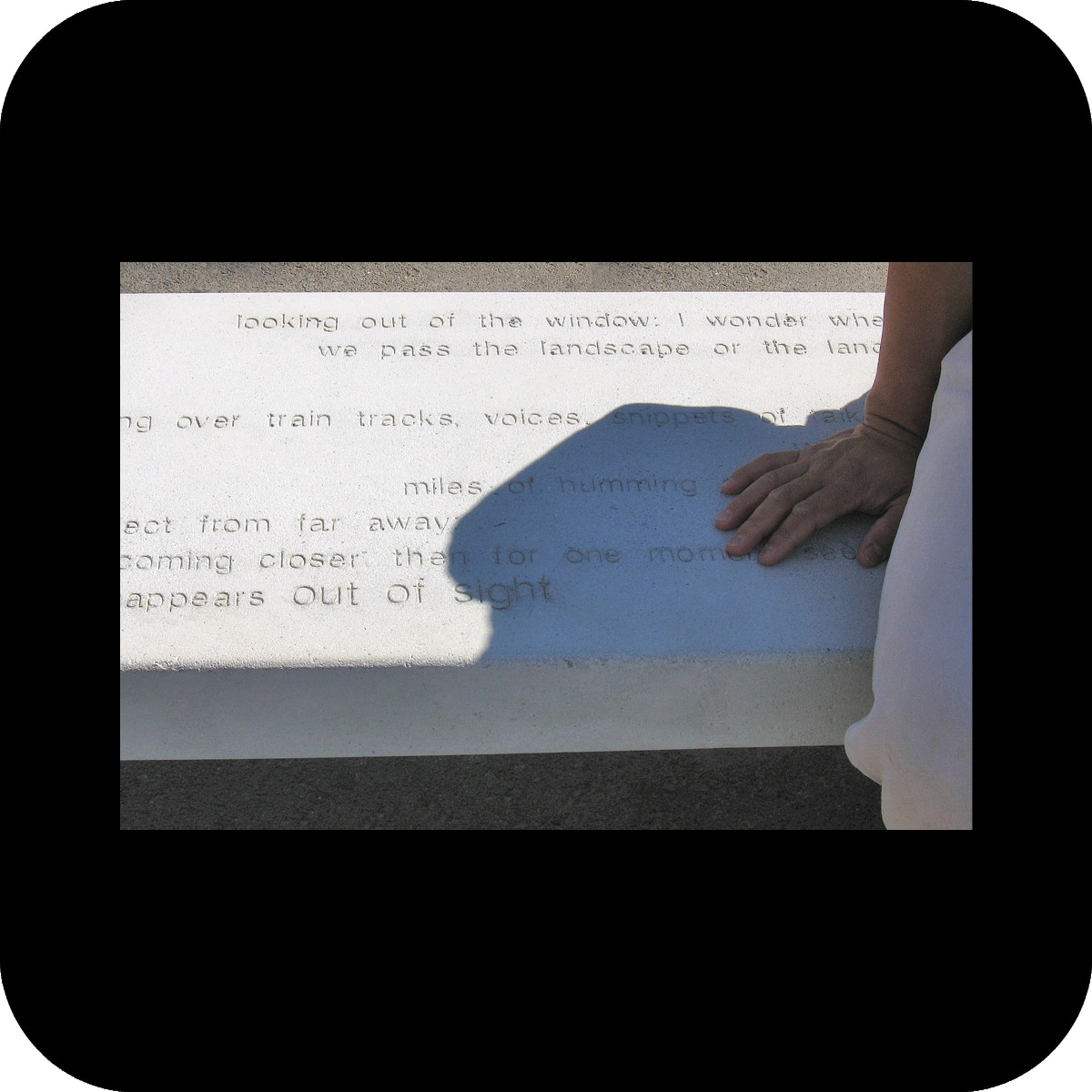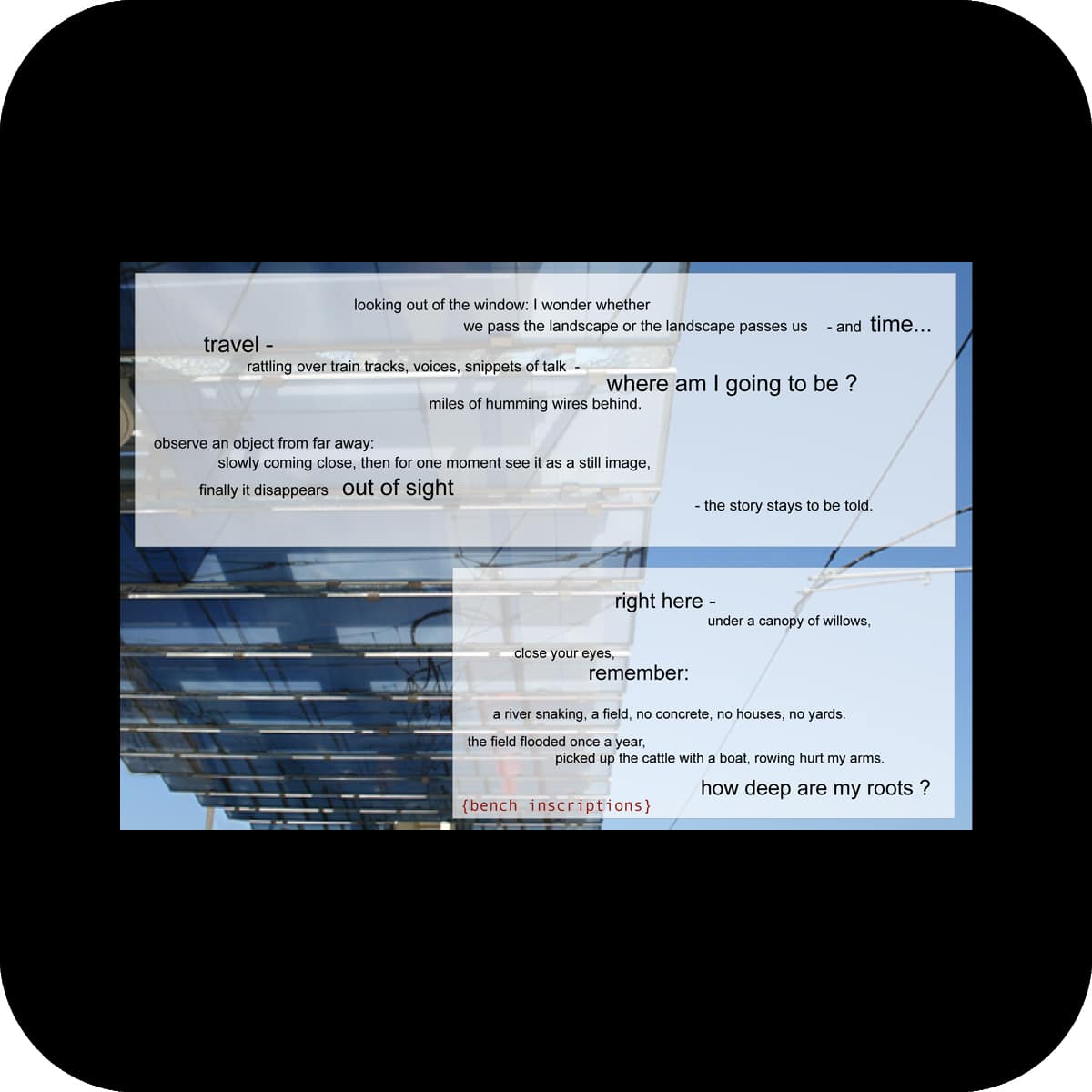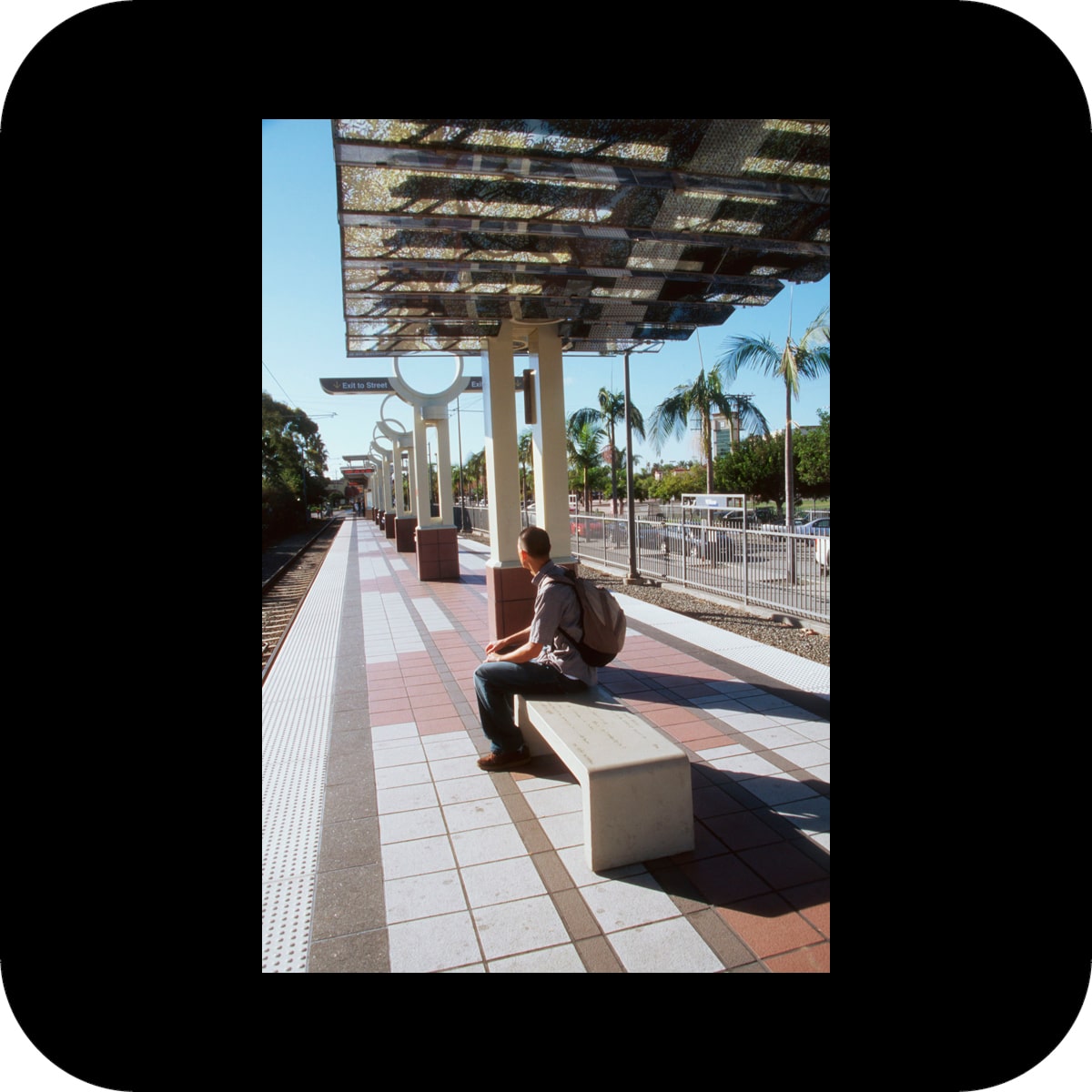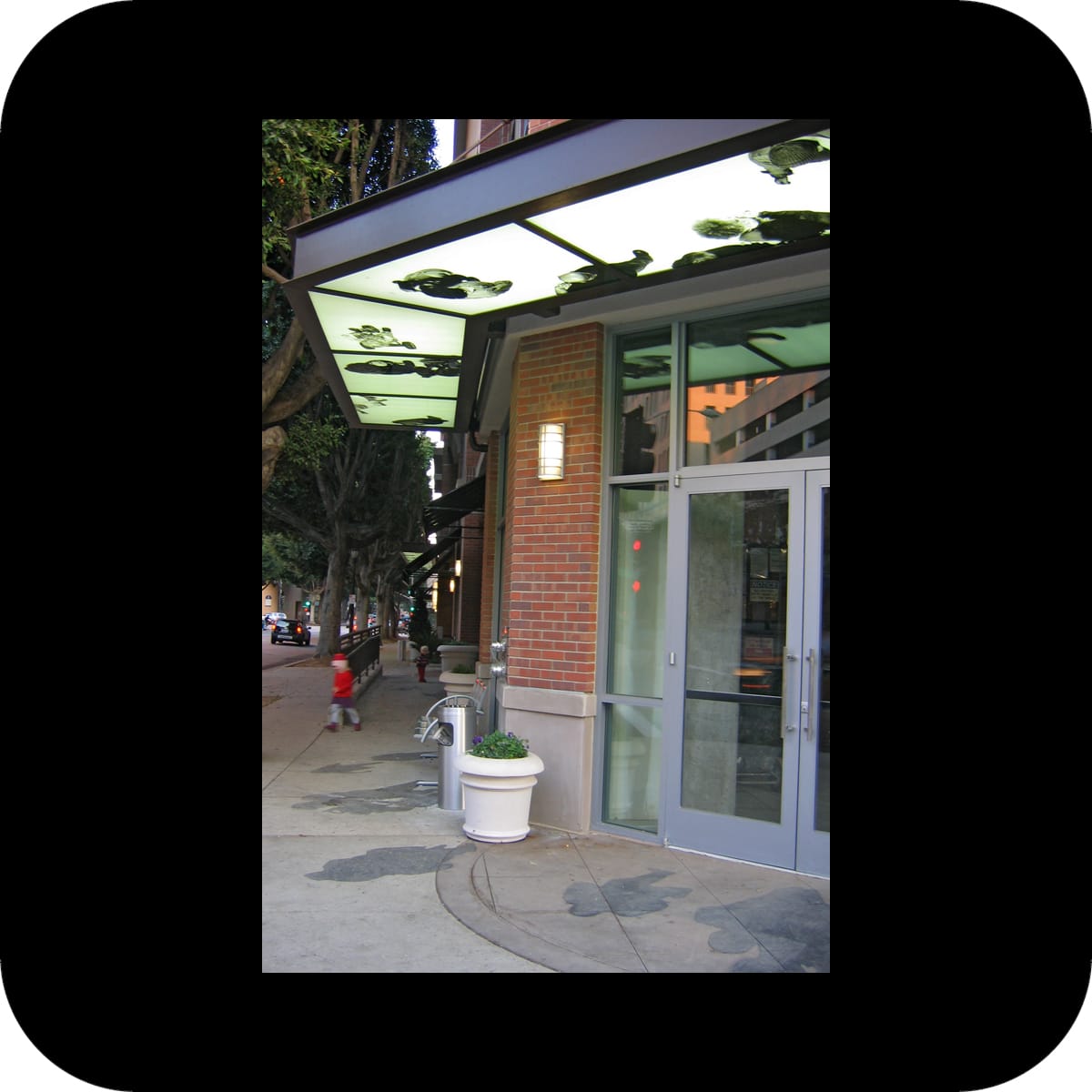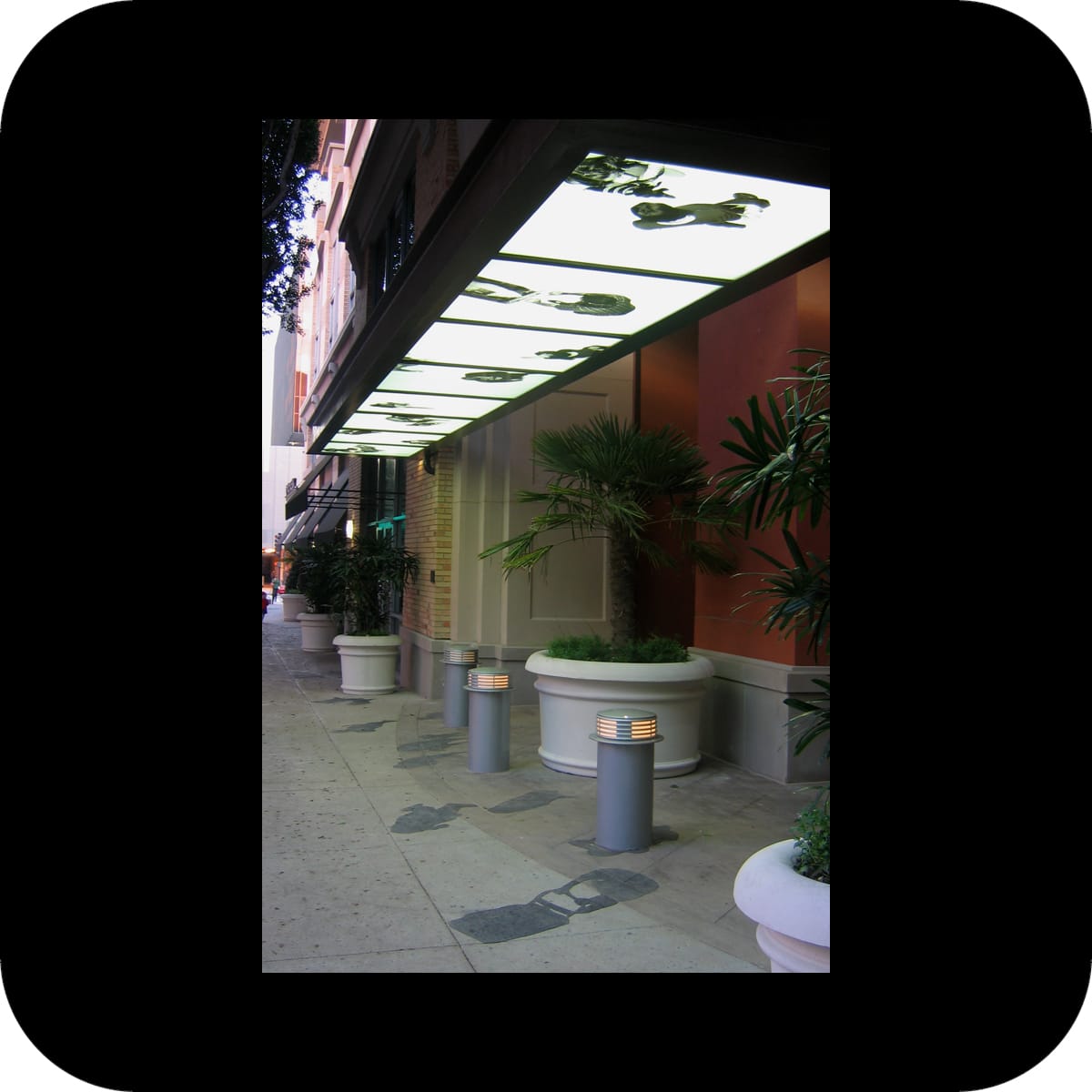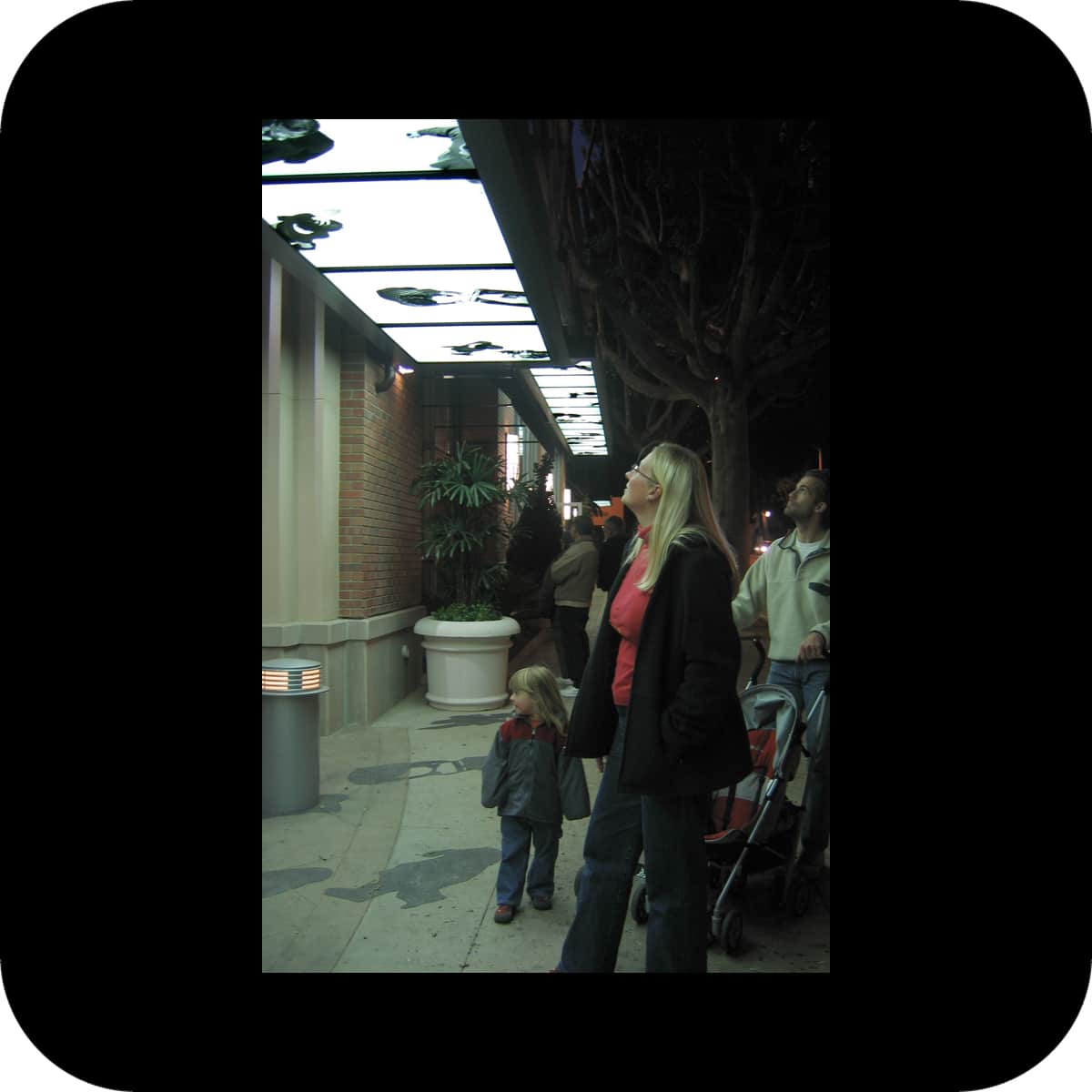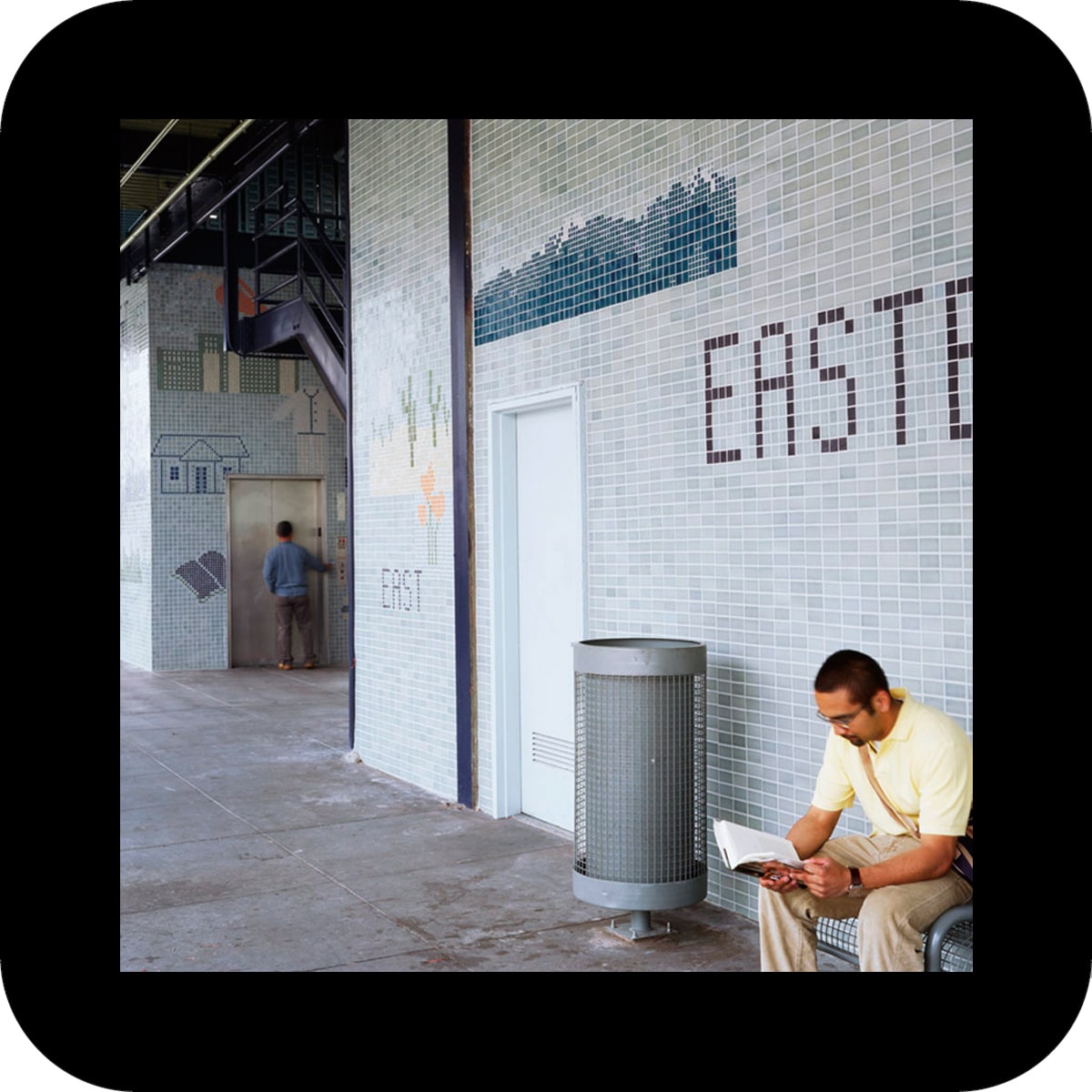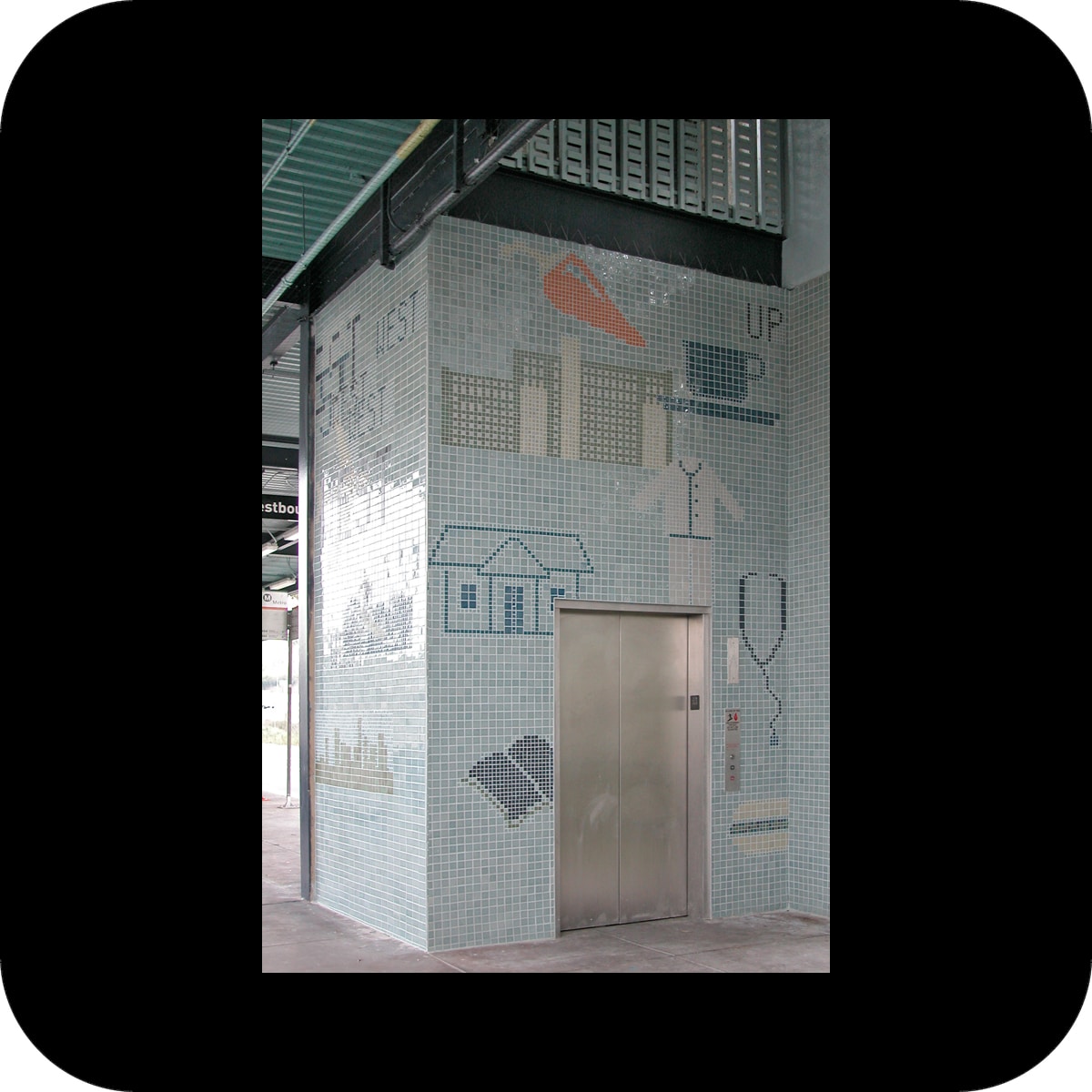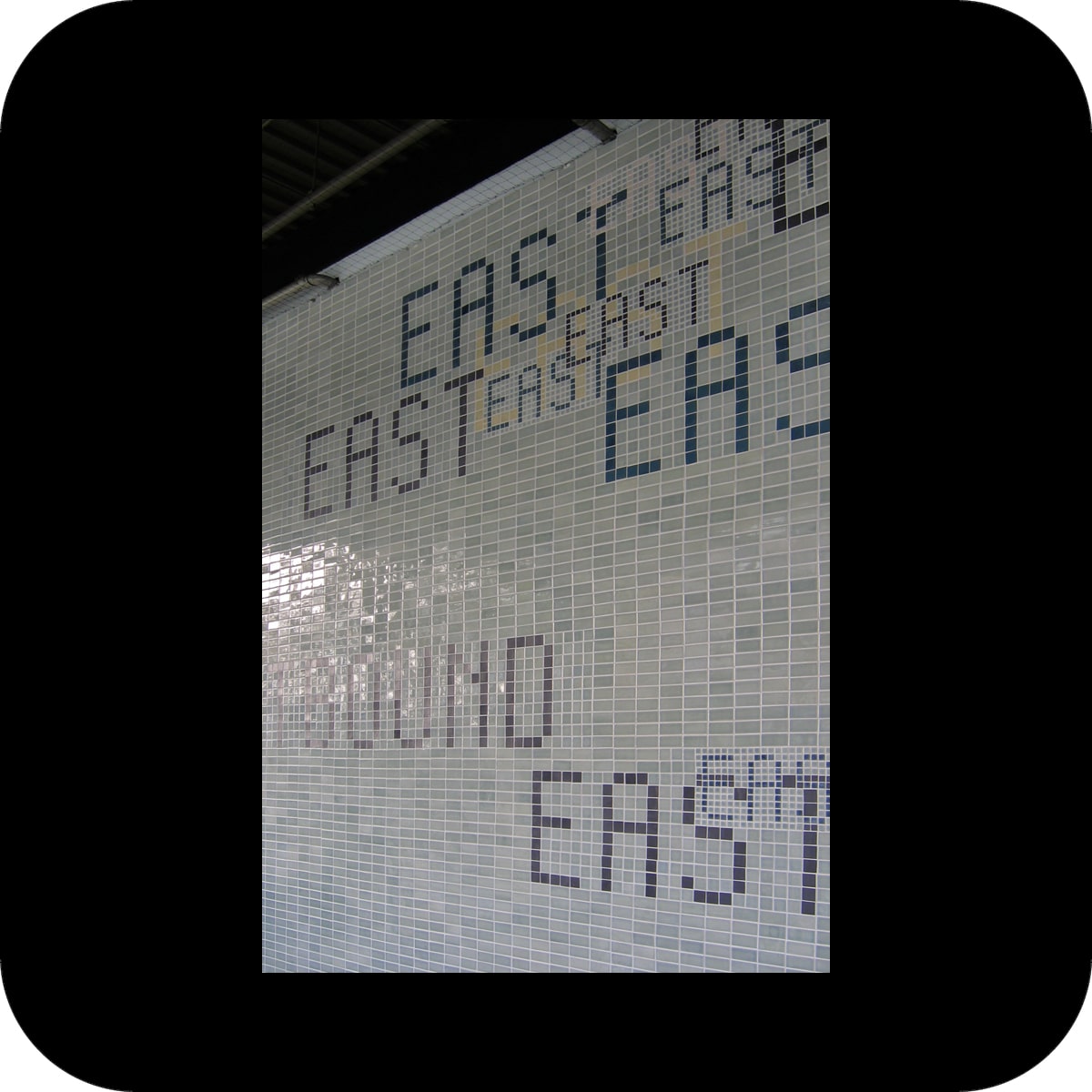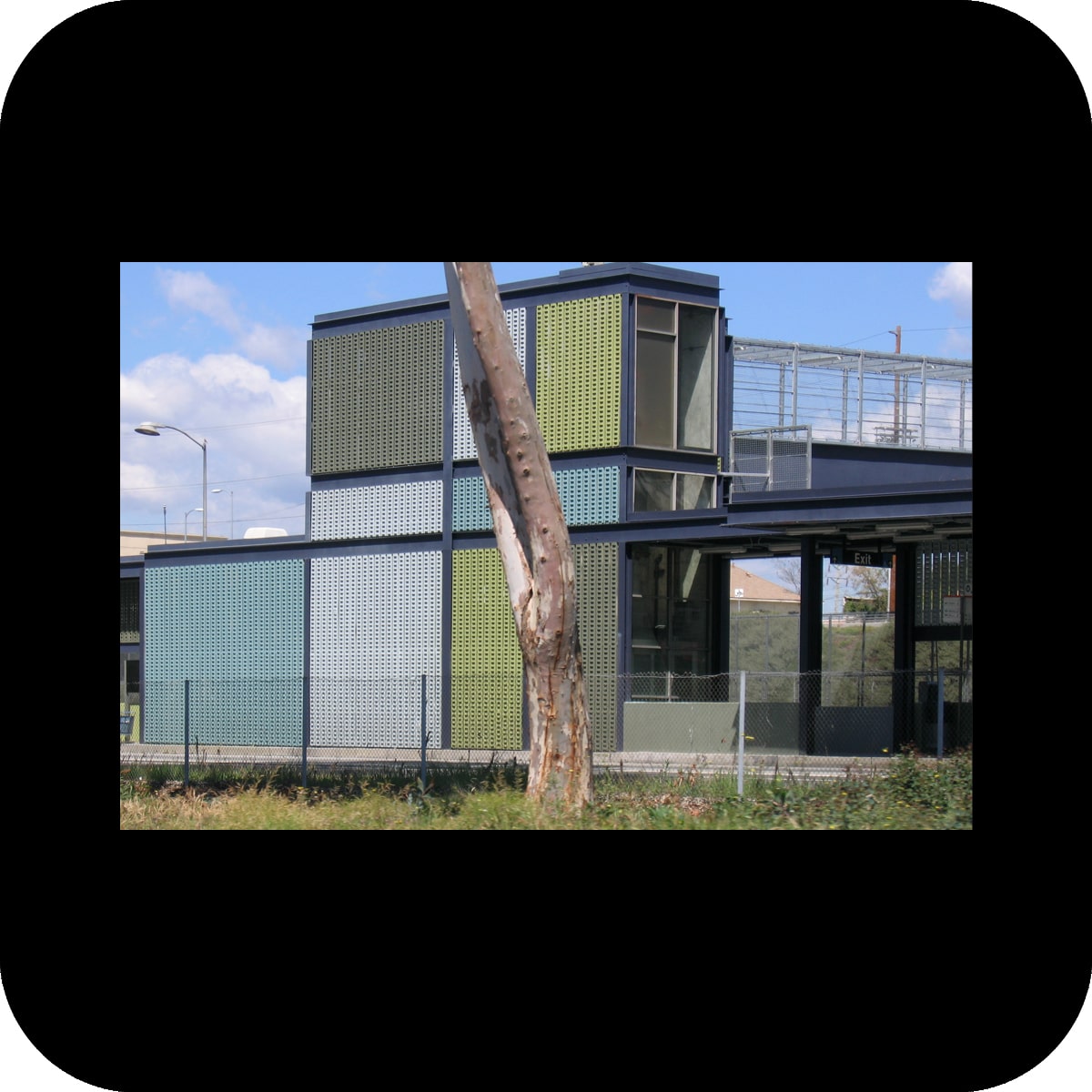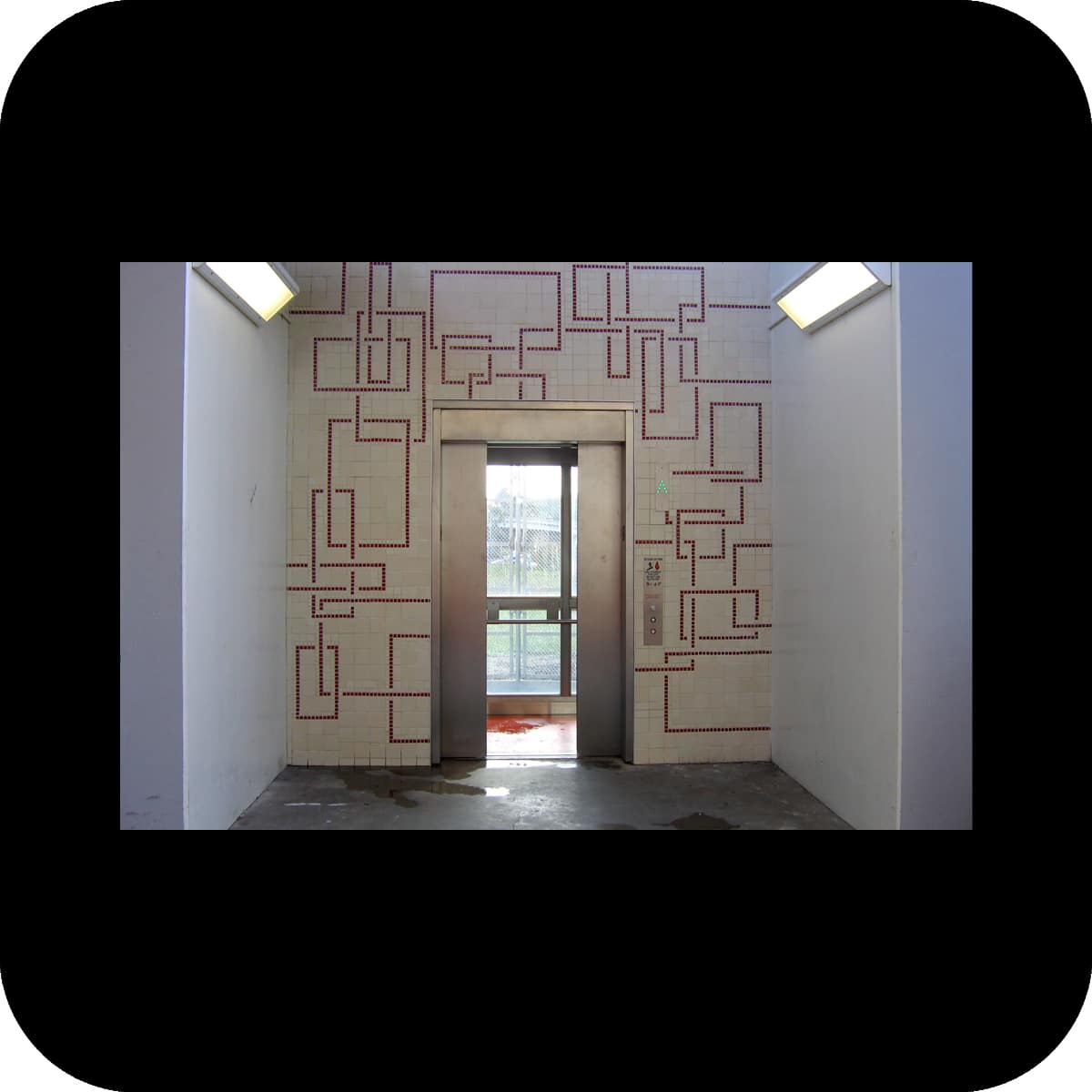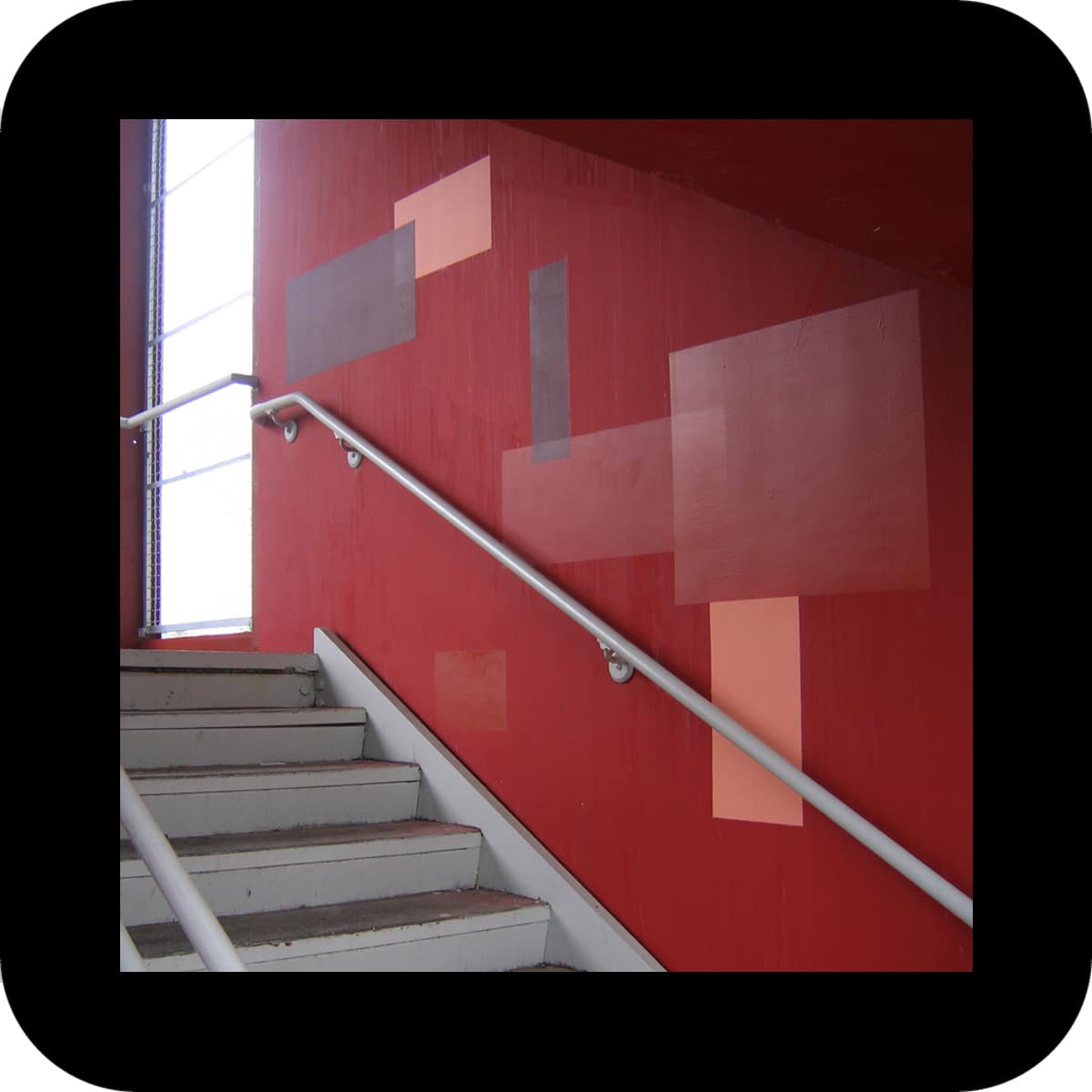sodo
sodo
permanent public art installation at the spokane street viaduct in sodo, seattle, wa
client: seattle office of arts & cultural affairs
size: ±300 columns, ±3’x3’x22’
paint: keim mineral coatings
painting contractor: seattle painting specialists
stencil fabrication: pure black inc
photos: spike mafford, merge
in the last 200 years sodo has experienced a dramatic transformation from tidal flats to industrial area to a center of warehousing, packaging and distribution of goods. in our artwork we are using the over-arching image of barcodes to “label” the many layers that constitute sodo’s history. the use of barcodes points to sodo’s present reality, while the information encoded in the barcodes refers to a much deeper identity hidden beneath the surface: rather than just naming a product, the encoded words evoke stories / history related to the site.
graphically, the barcodes serve as the medium that weaves together the several layers of the site’s identity into one narrative. in addition to the barcodes, each of the stories is represented in an image/ product, condensed into a simple icon. these icons are used to create patterns that visually interact with the barcodes. a simple text layer is added to loosely hint at the stories behind the patterns.
sodo was part of the public art’s network (pan) 2013 year in review at the americans for the arts conference. the pan year in review annually recognizes outstanding public art projects that represent the most compelling works created in the prior year in the united states.
